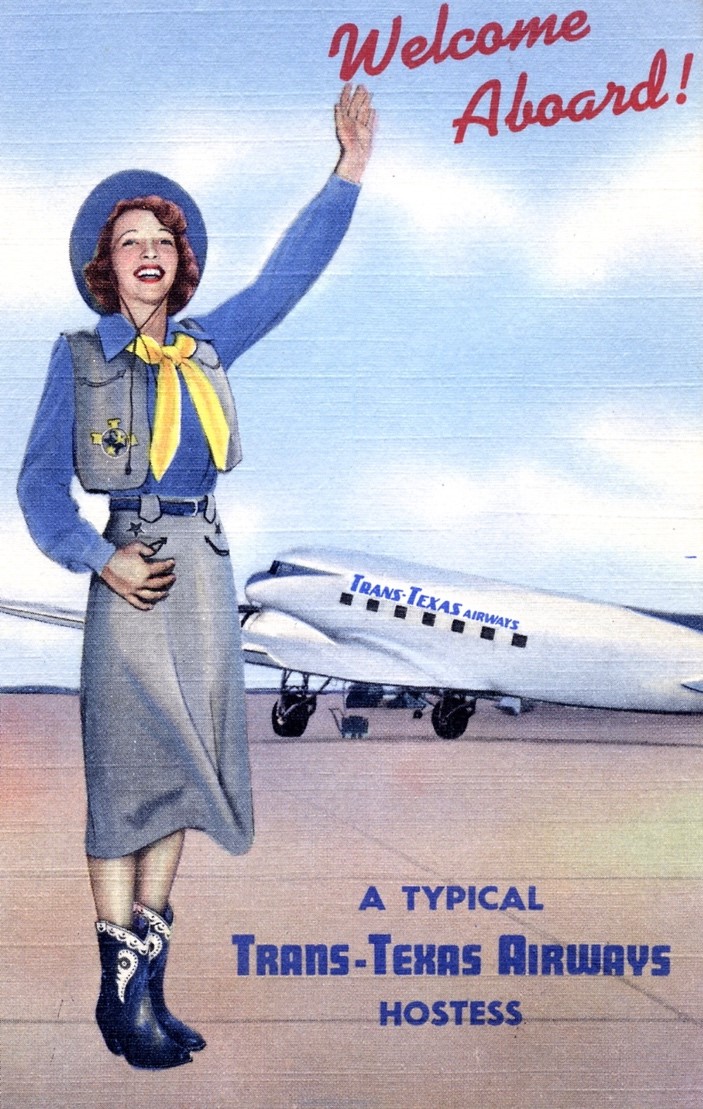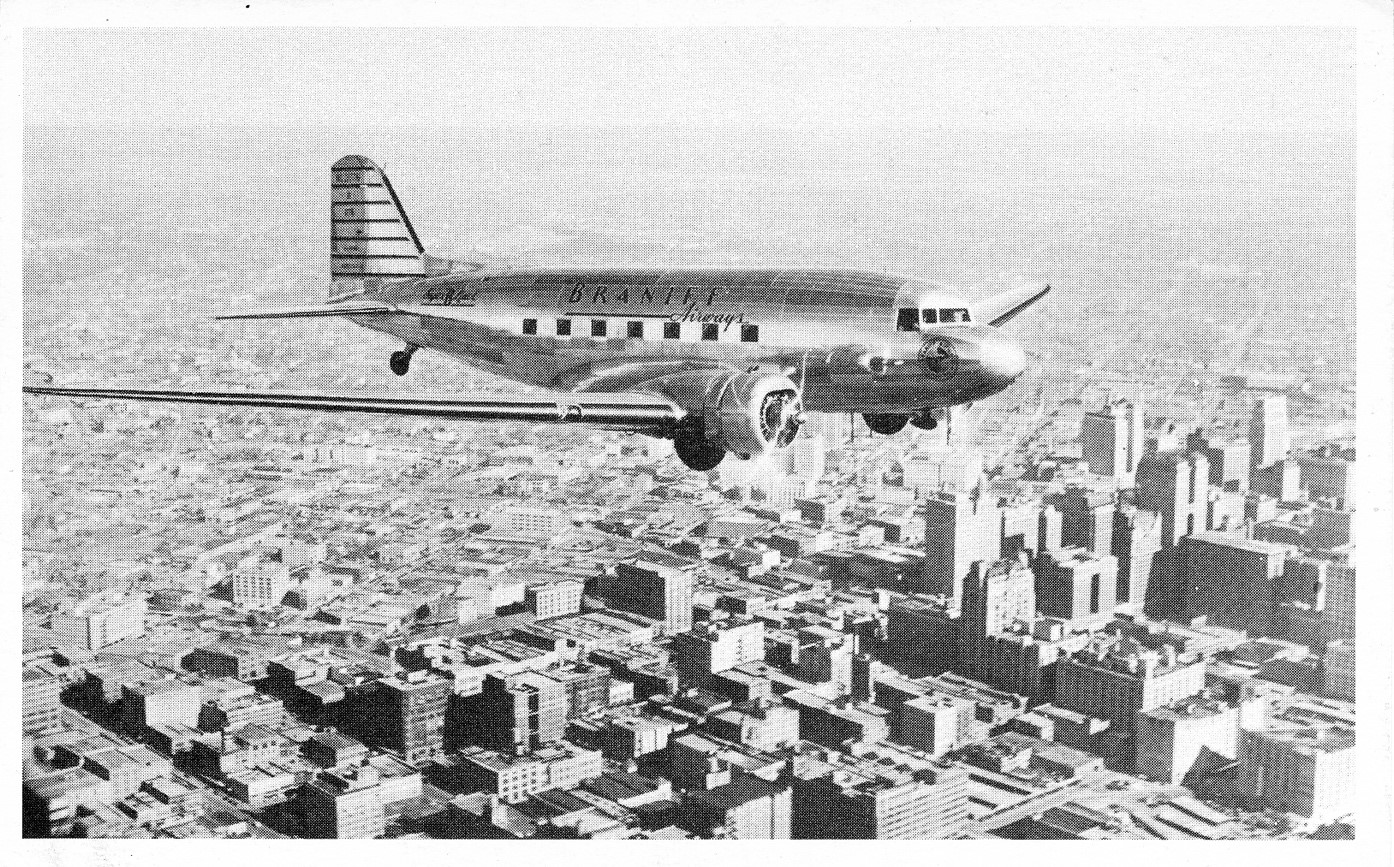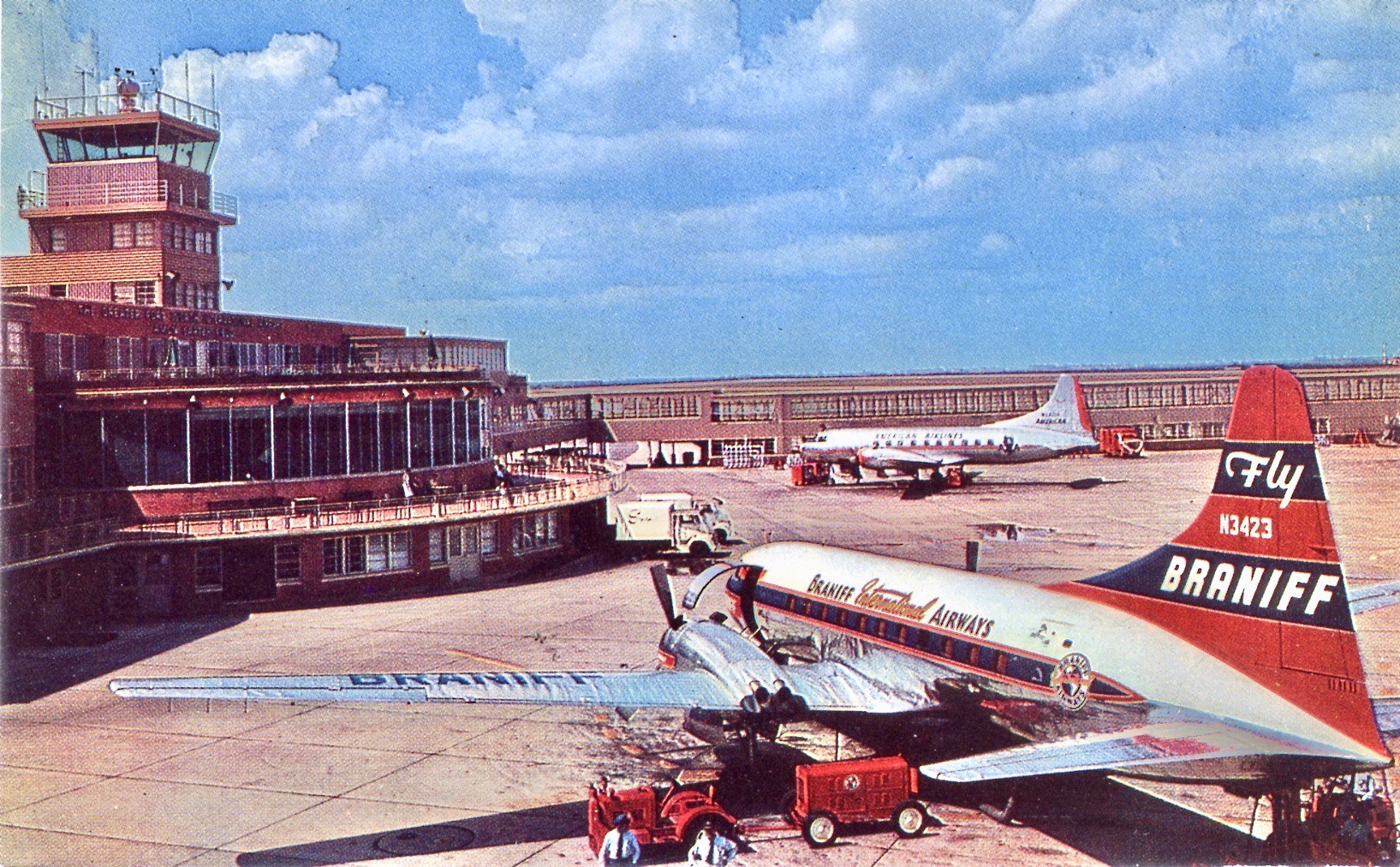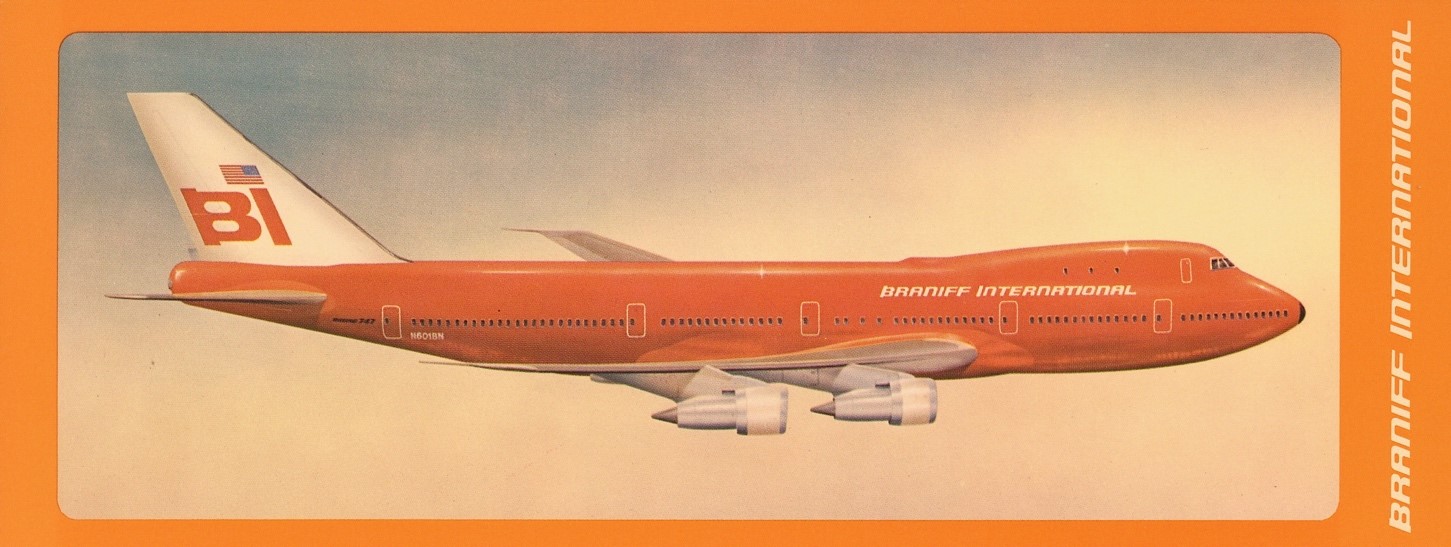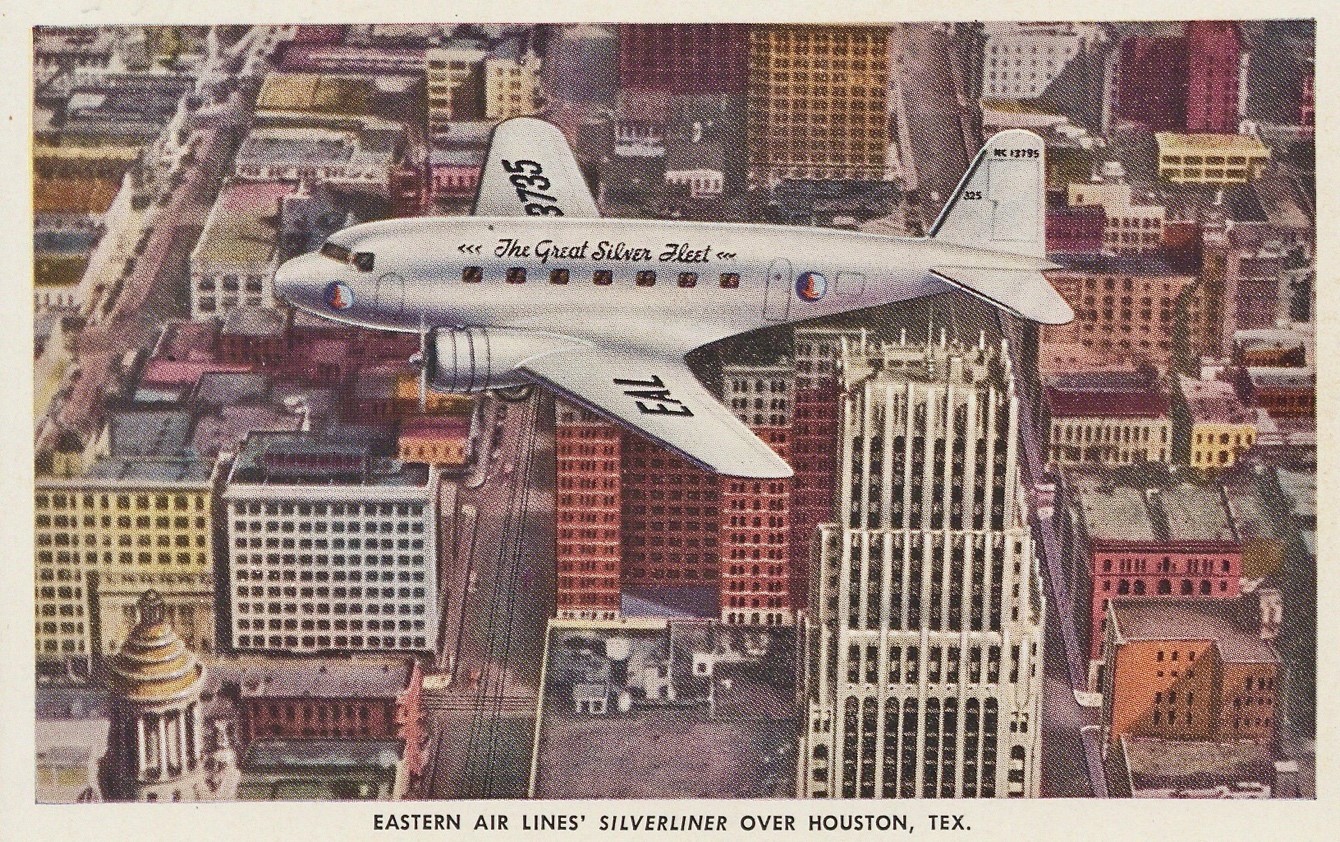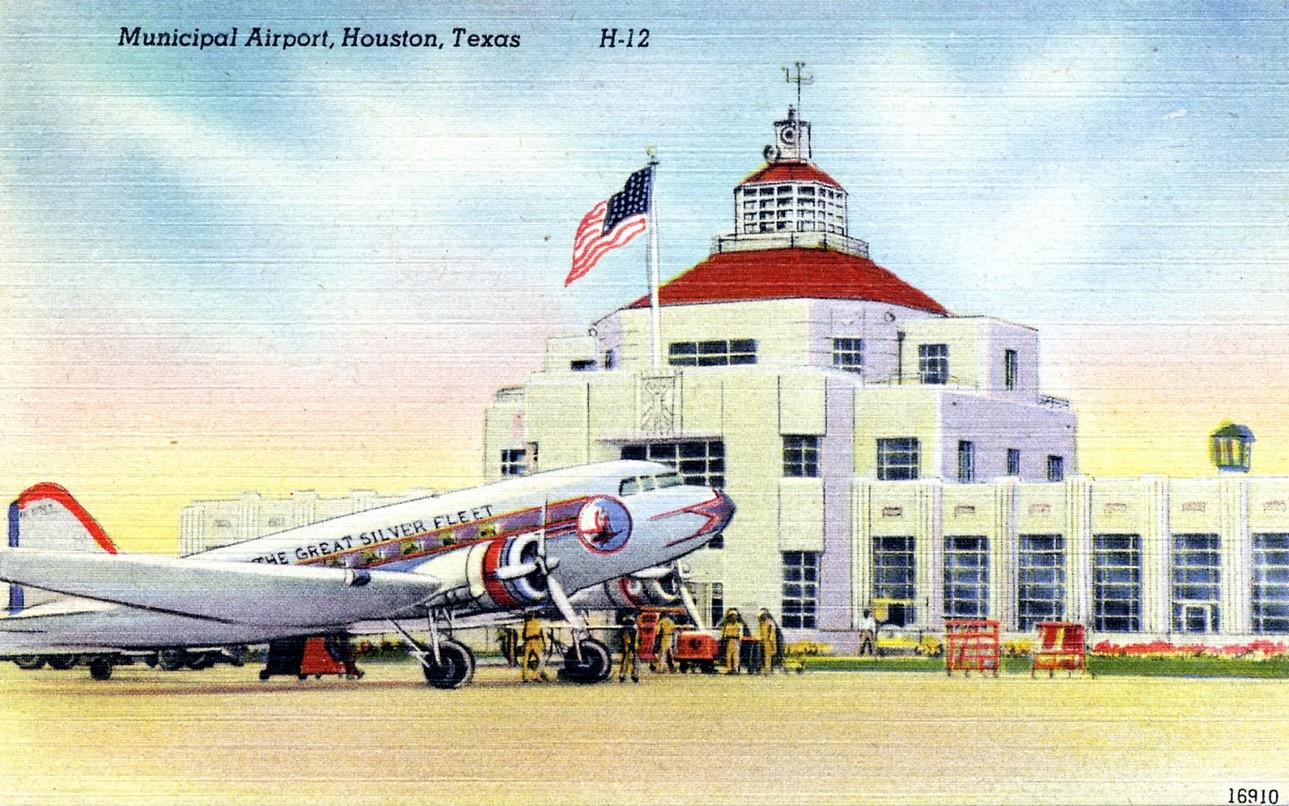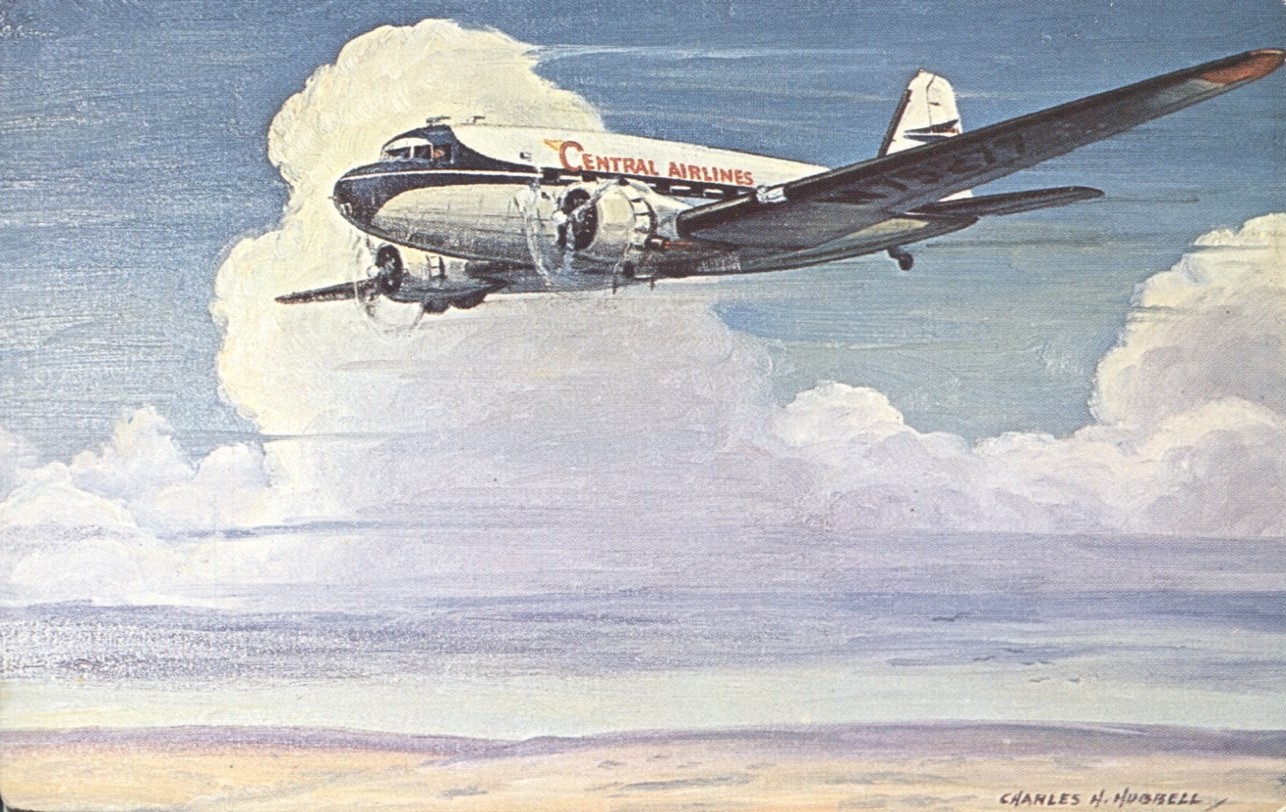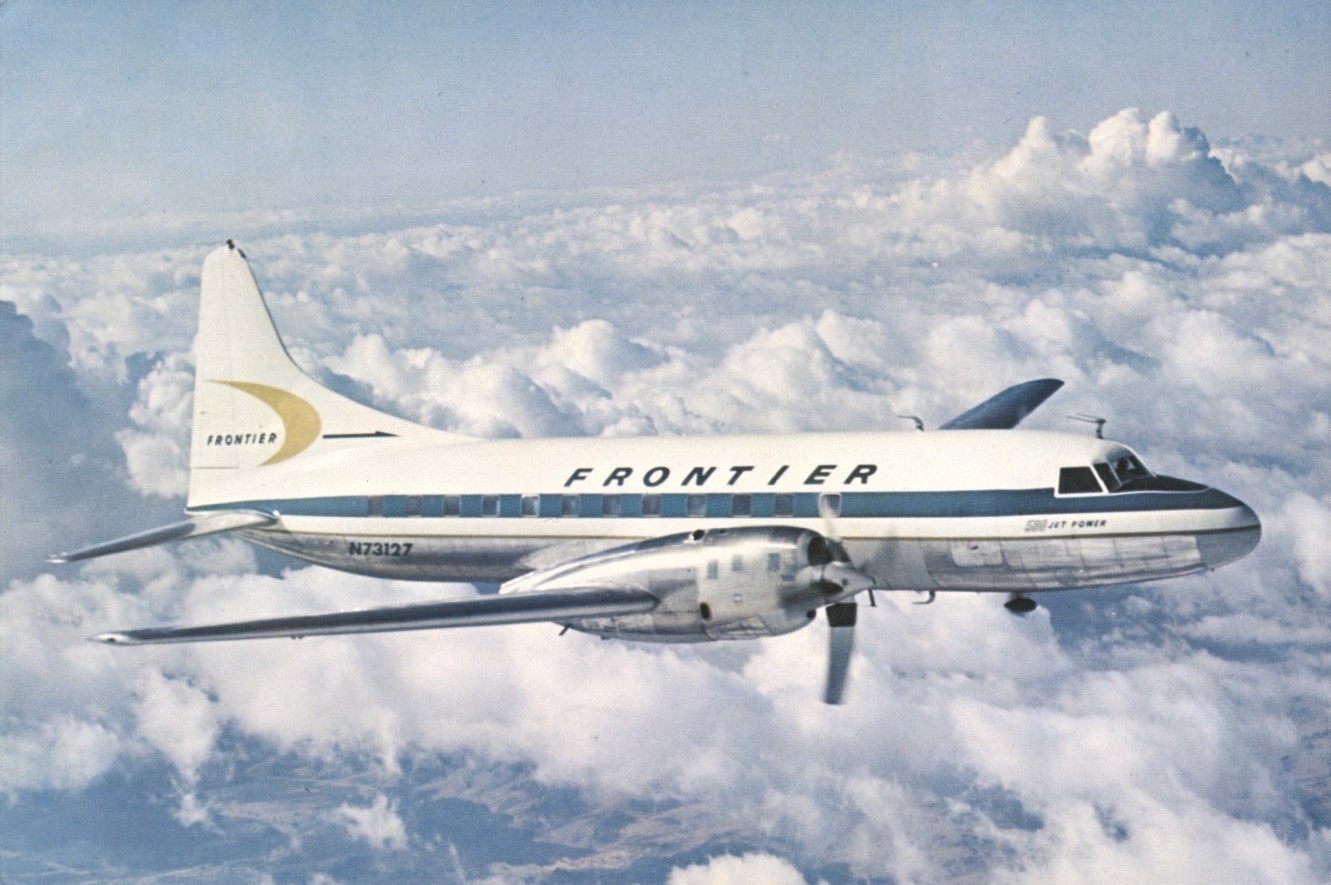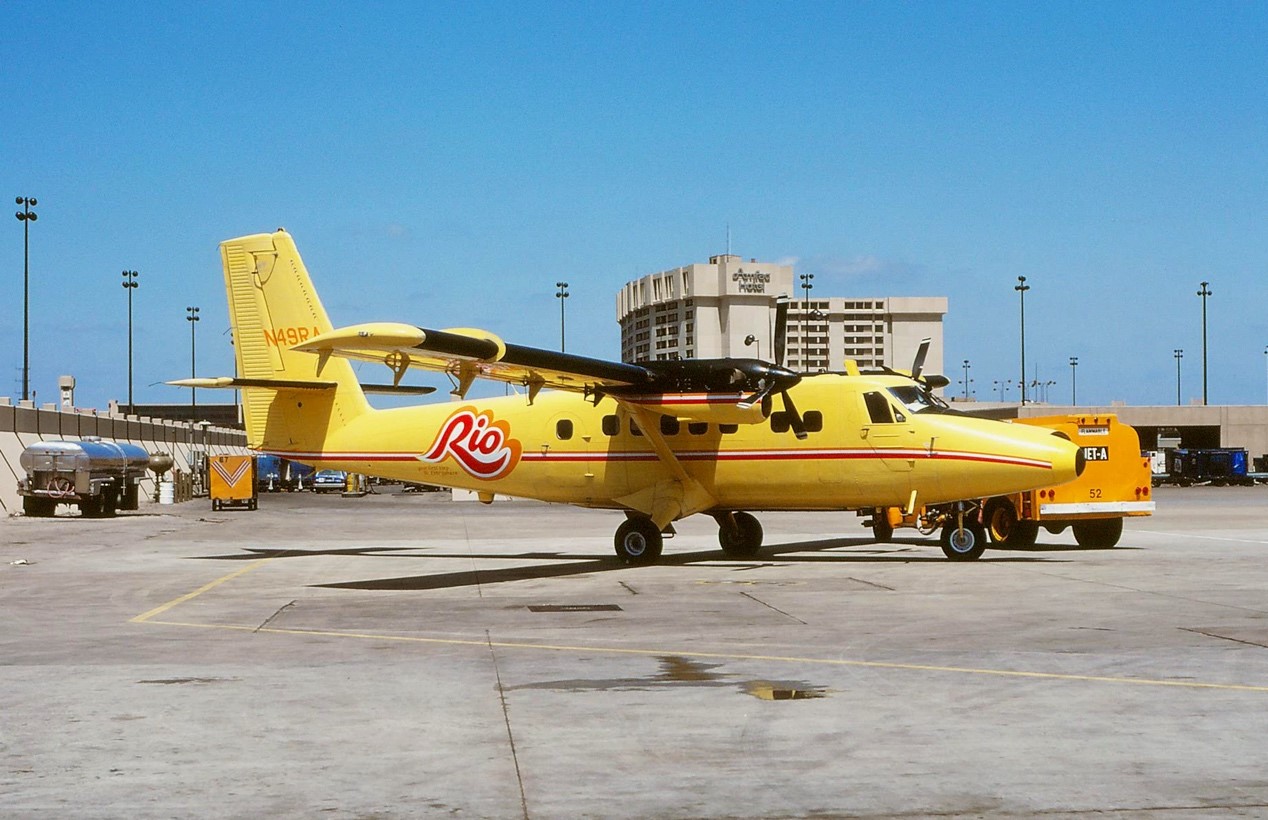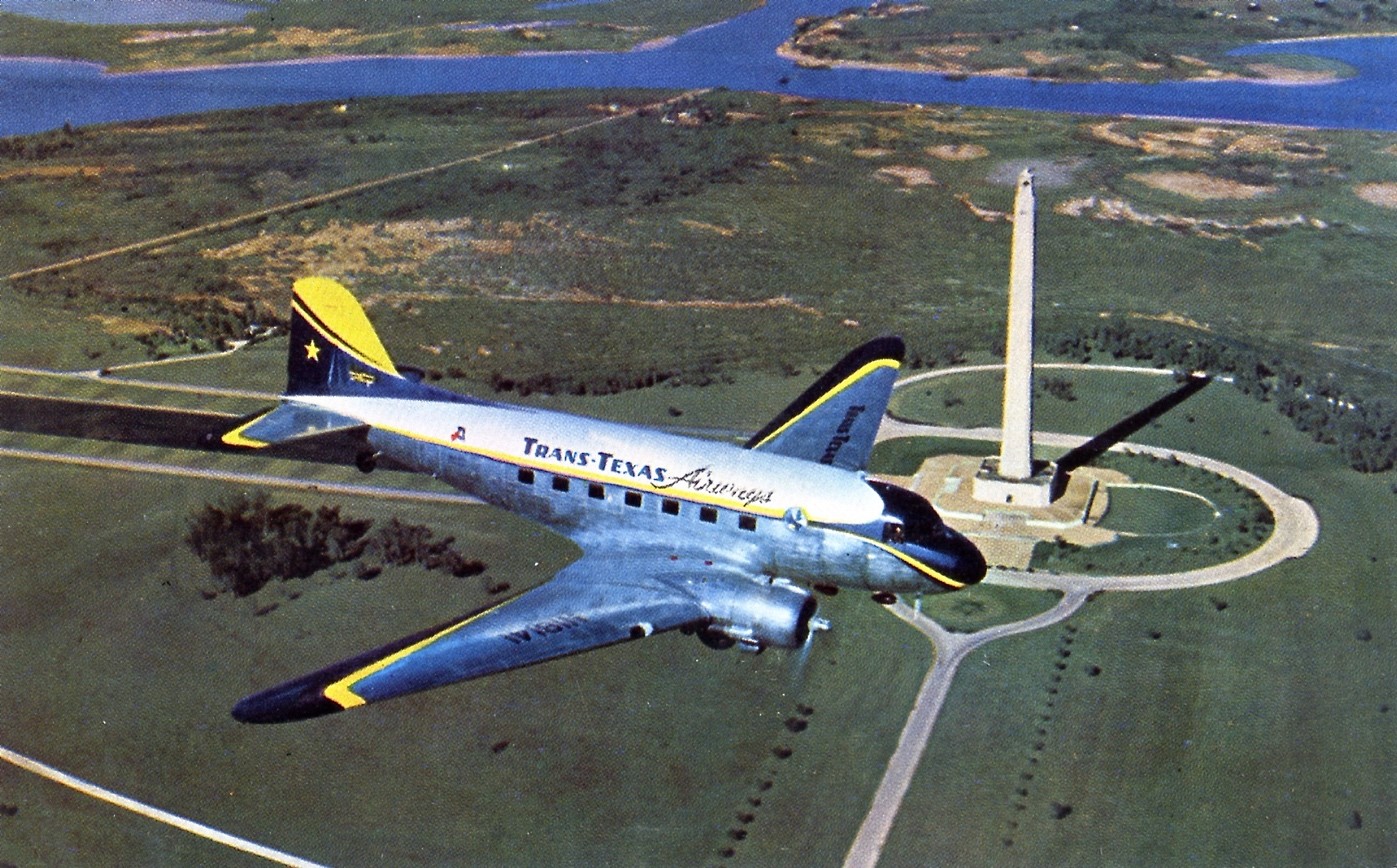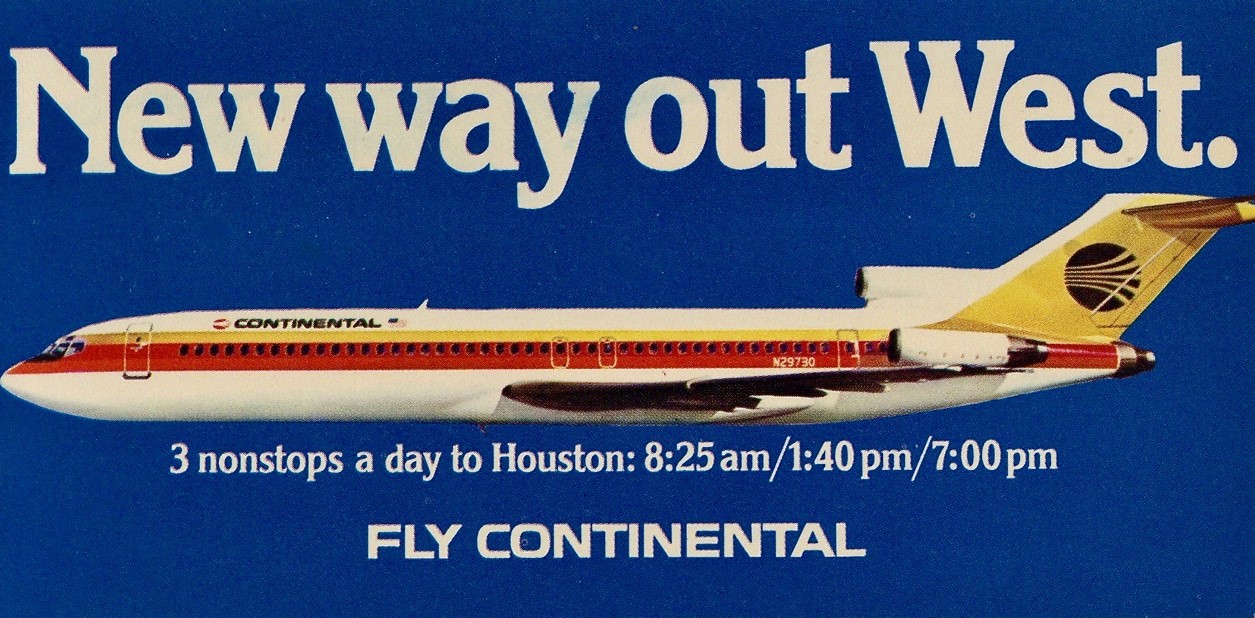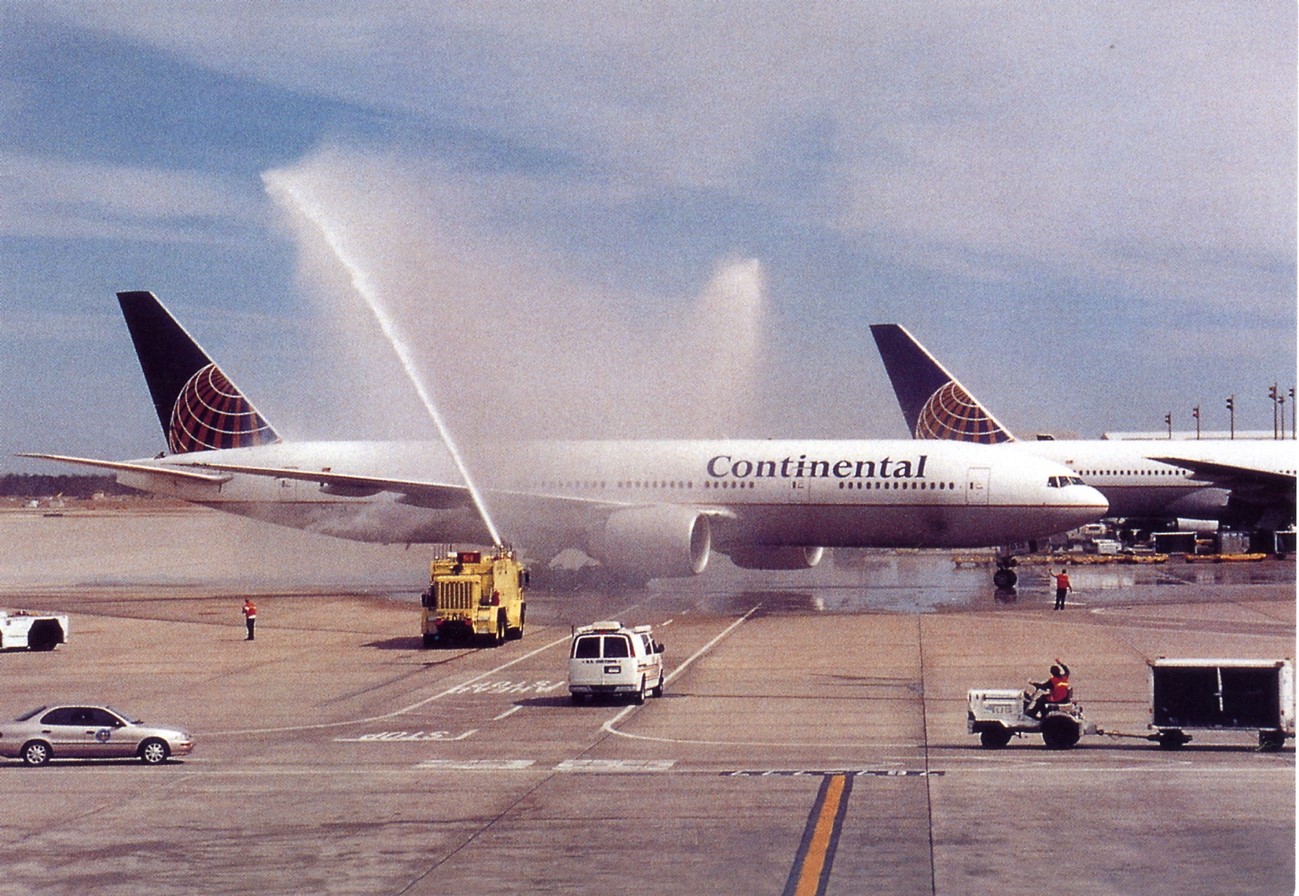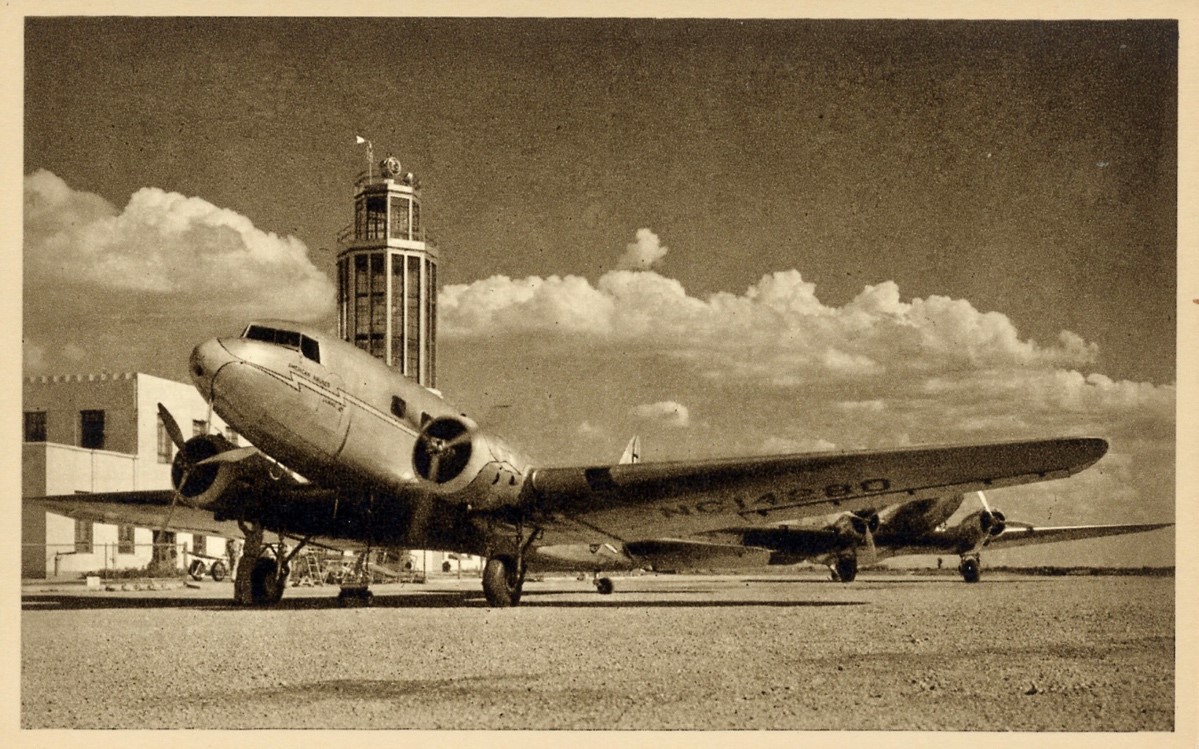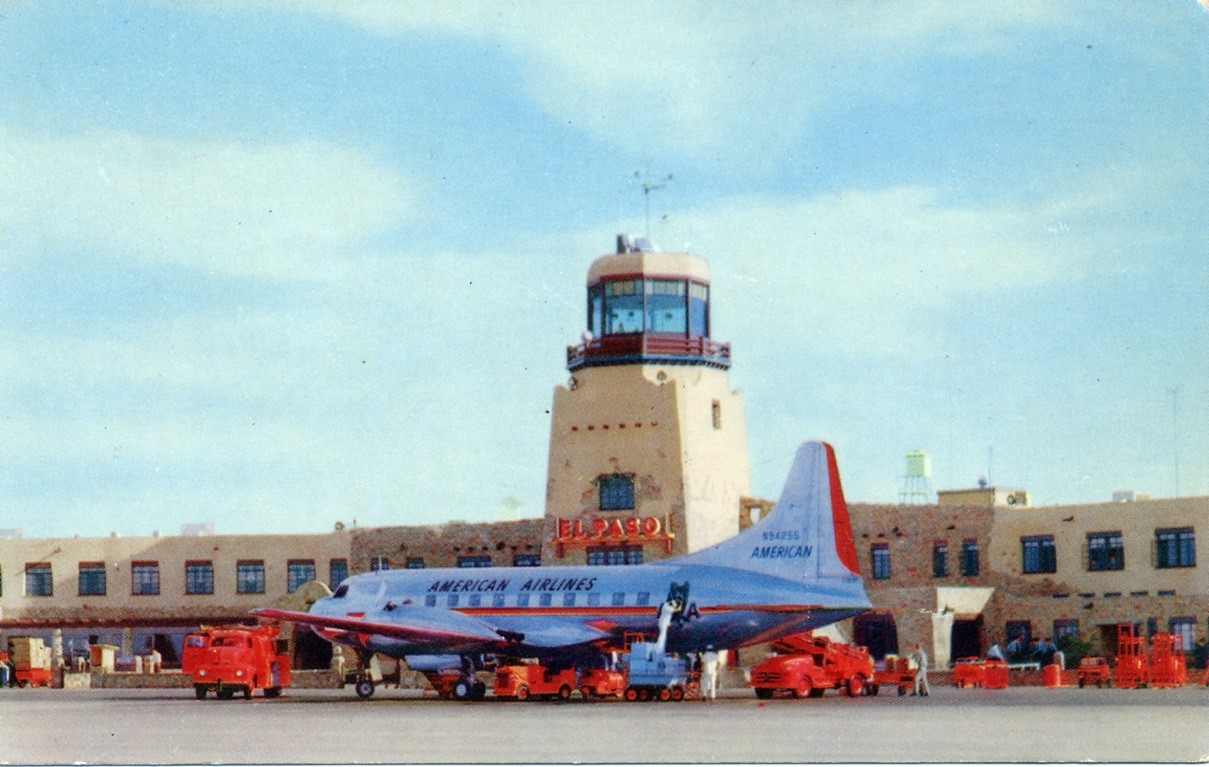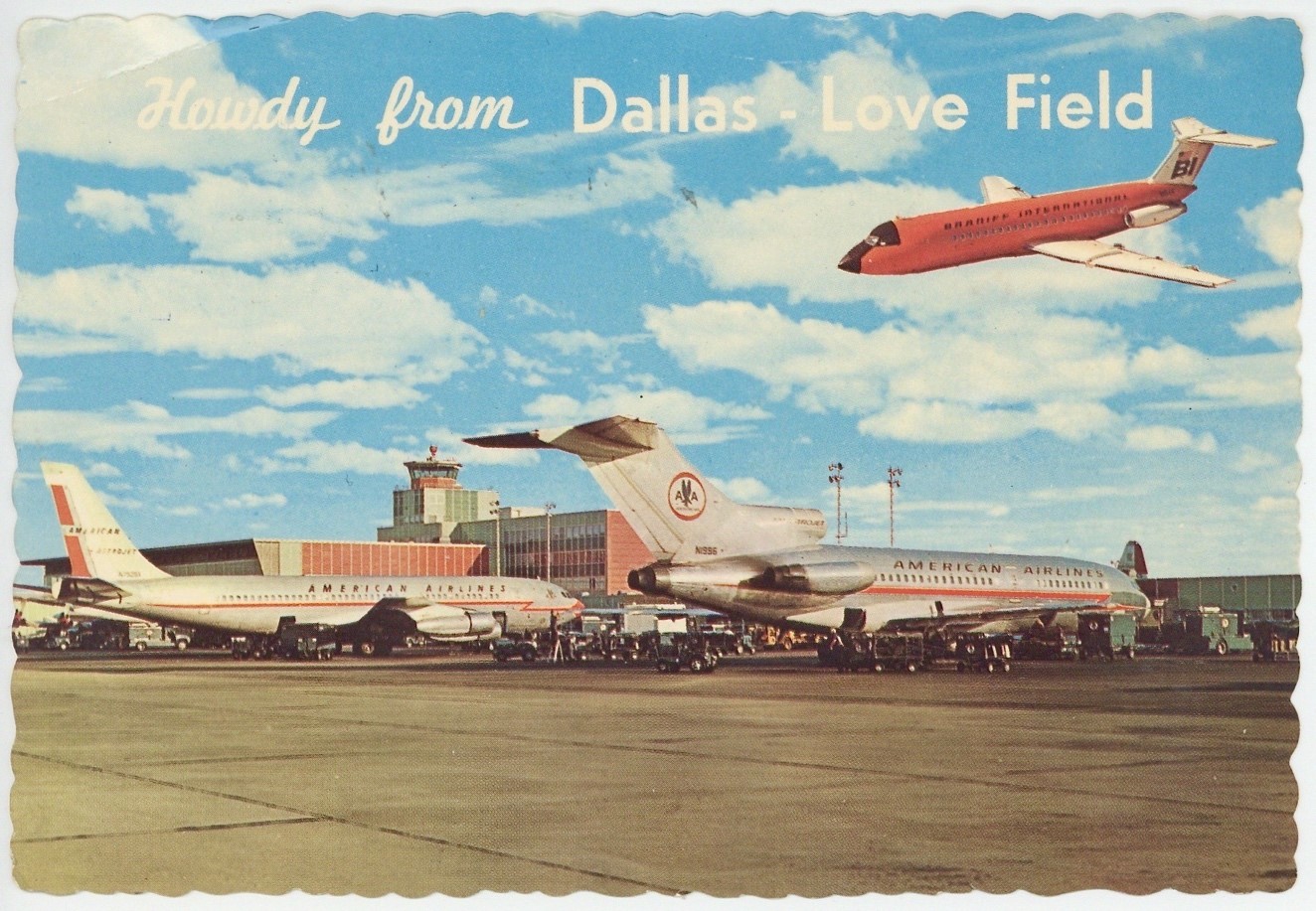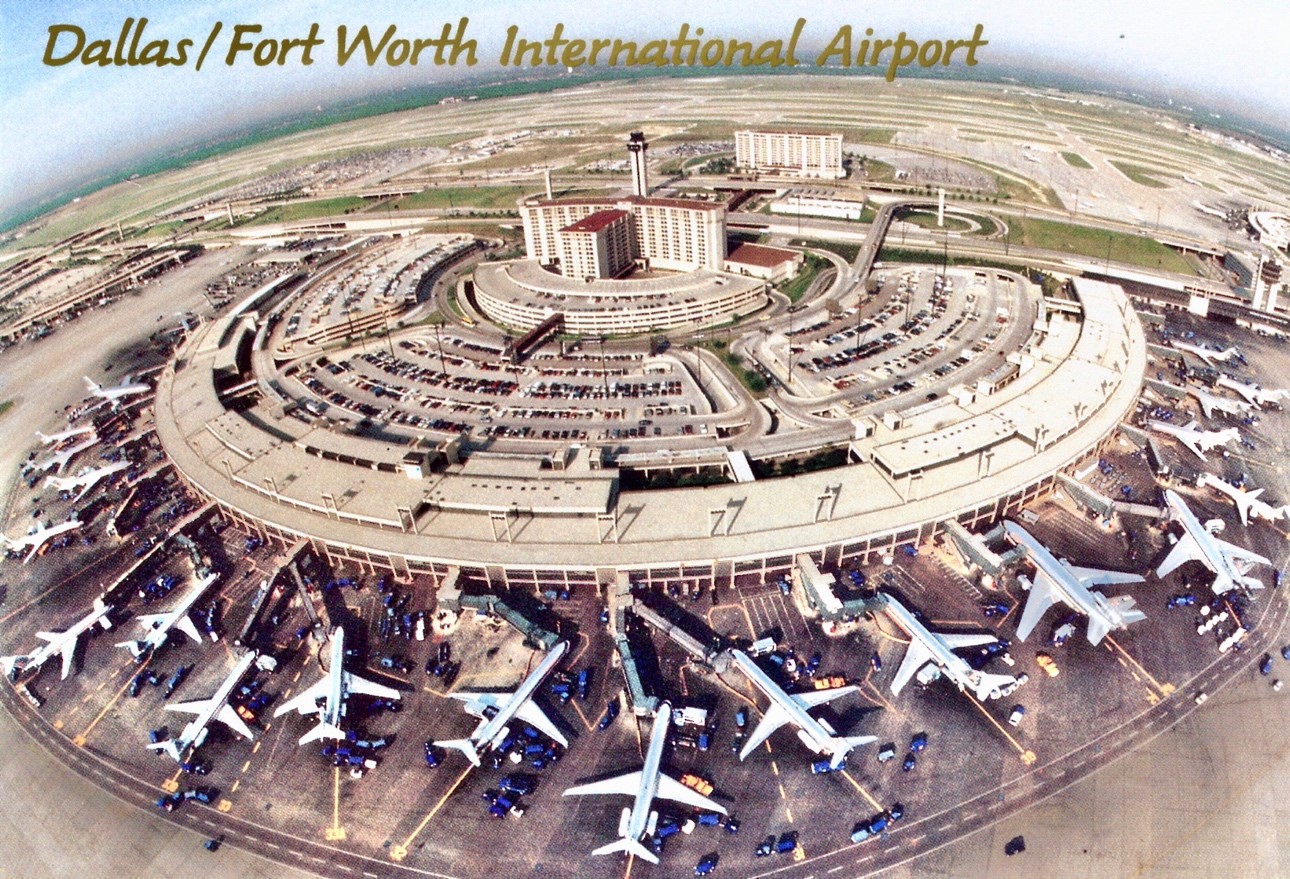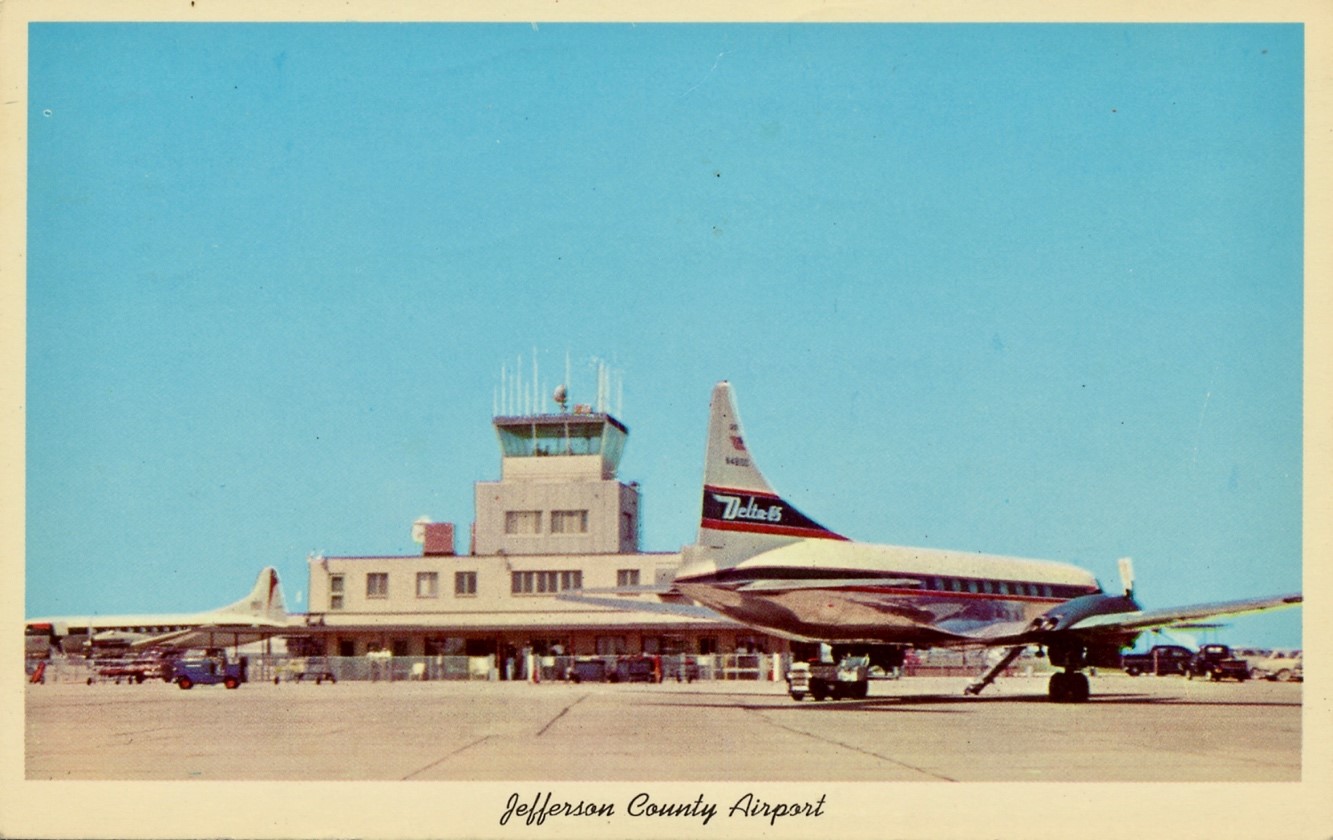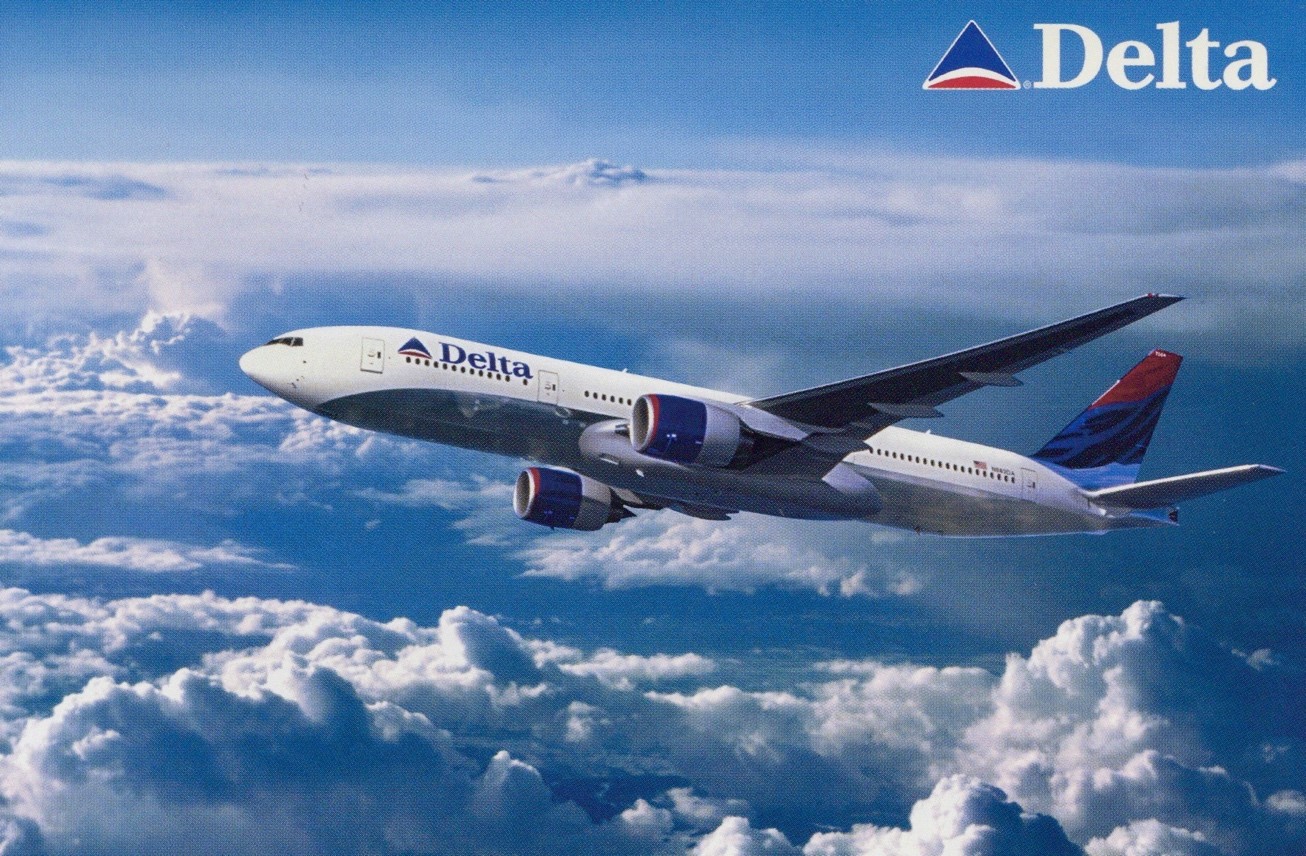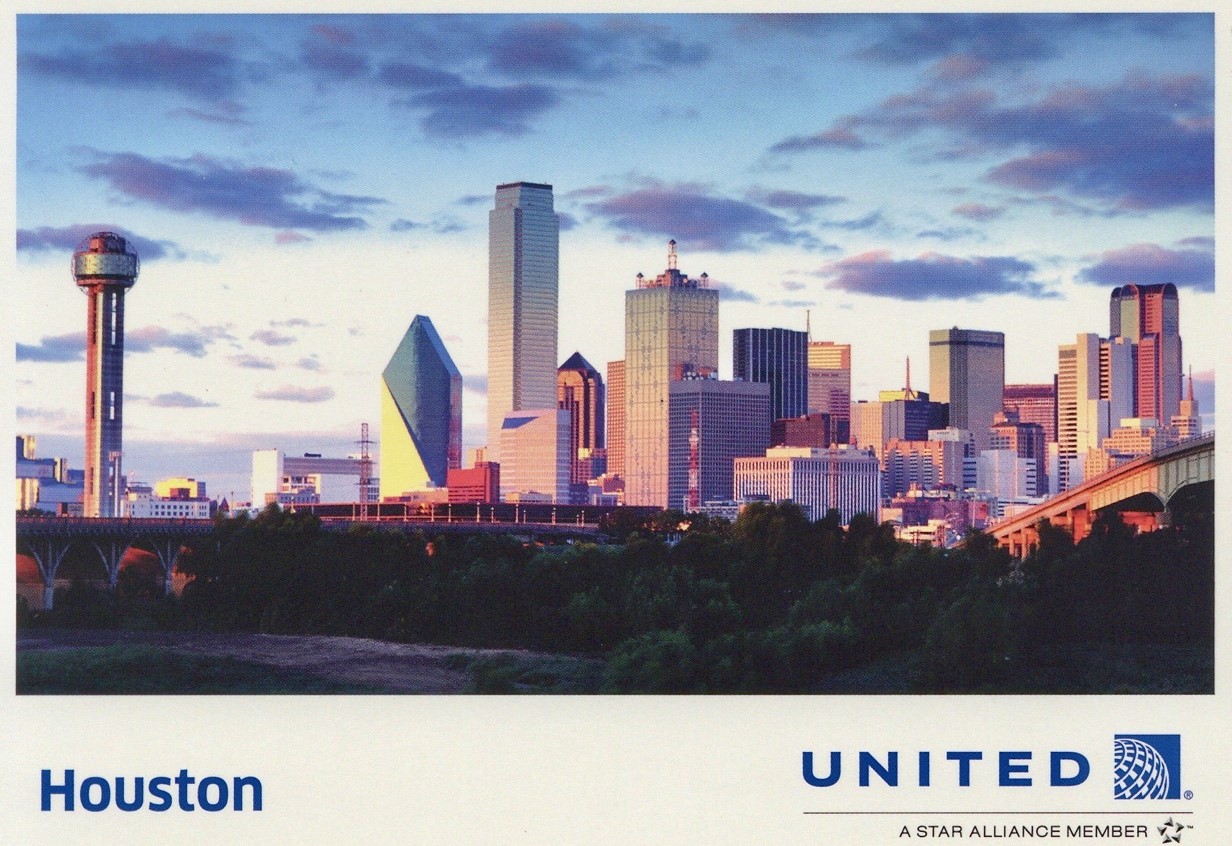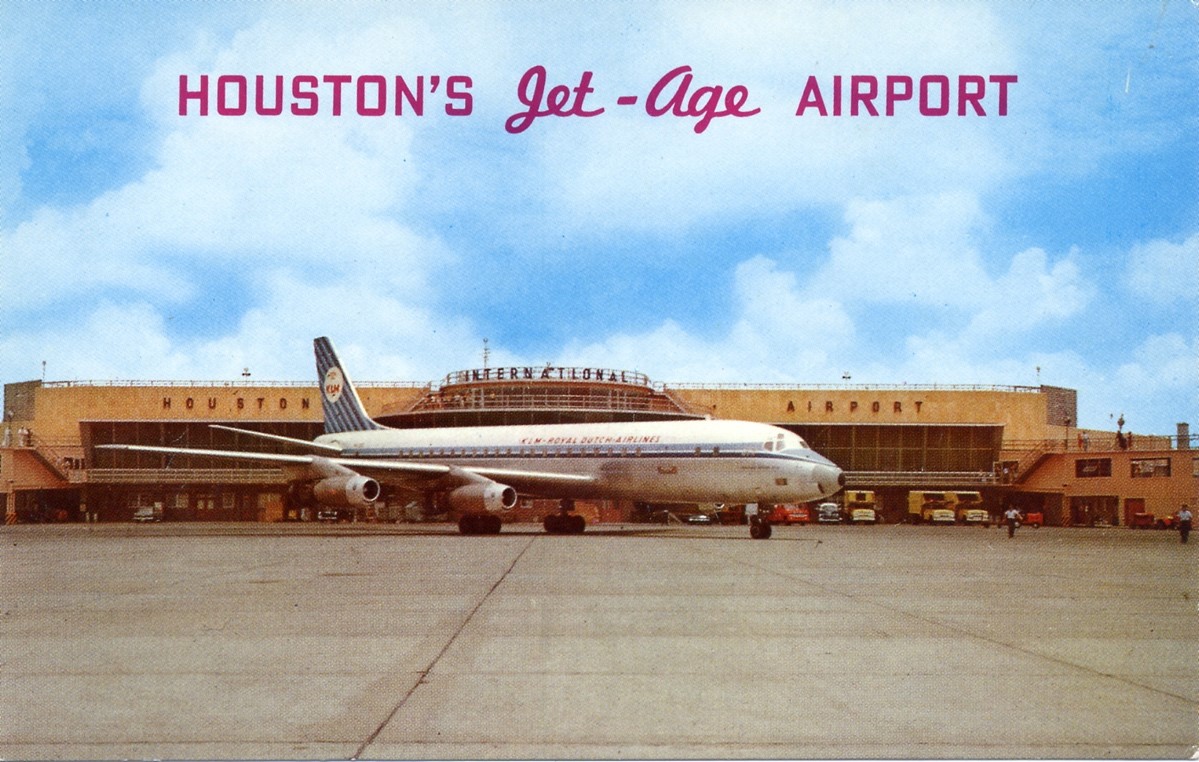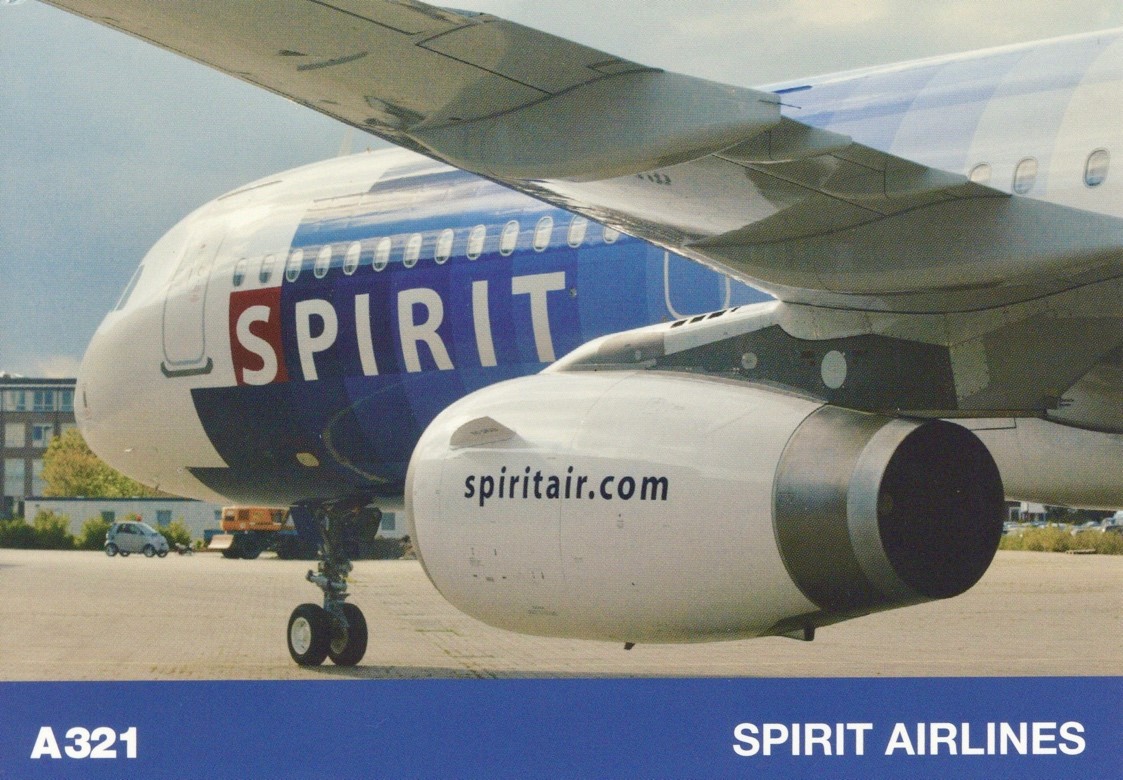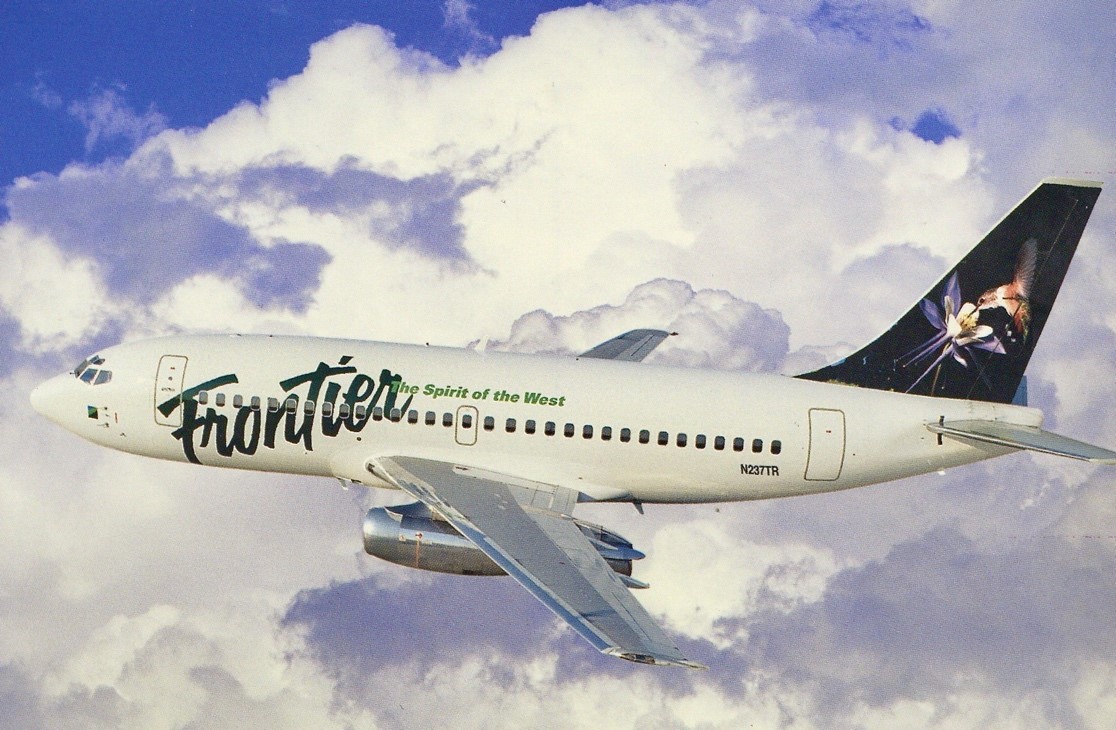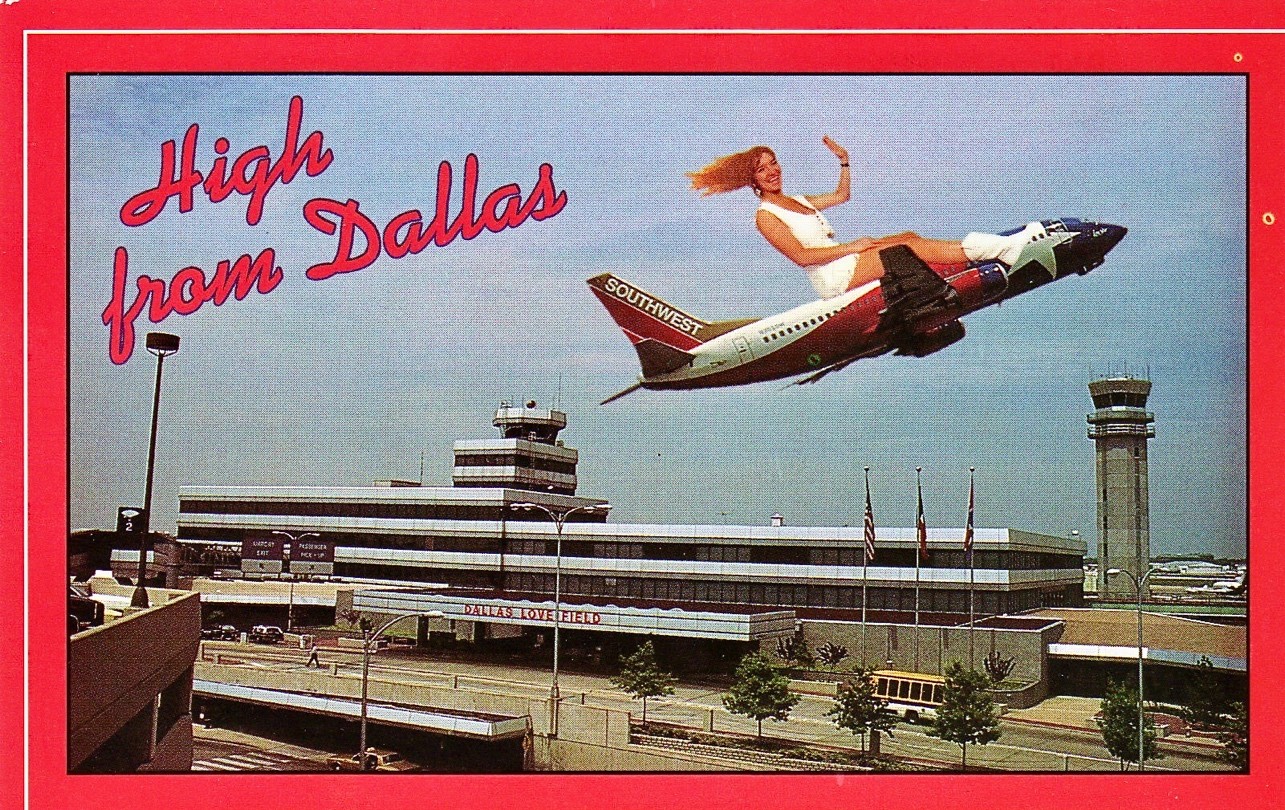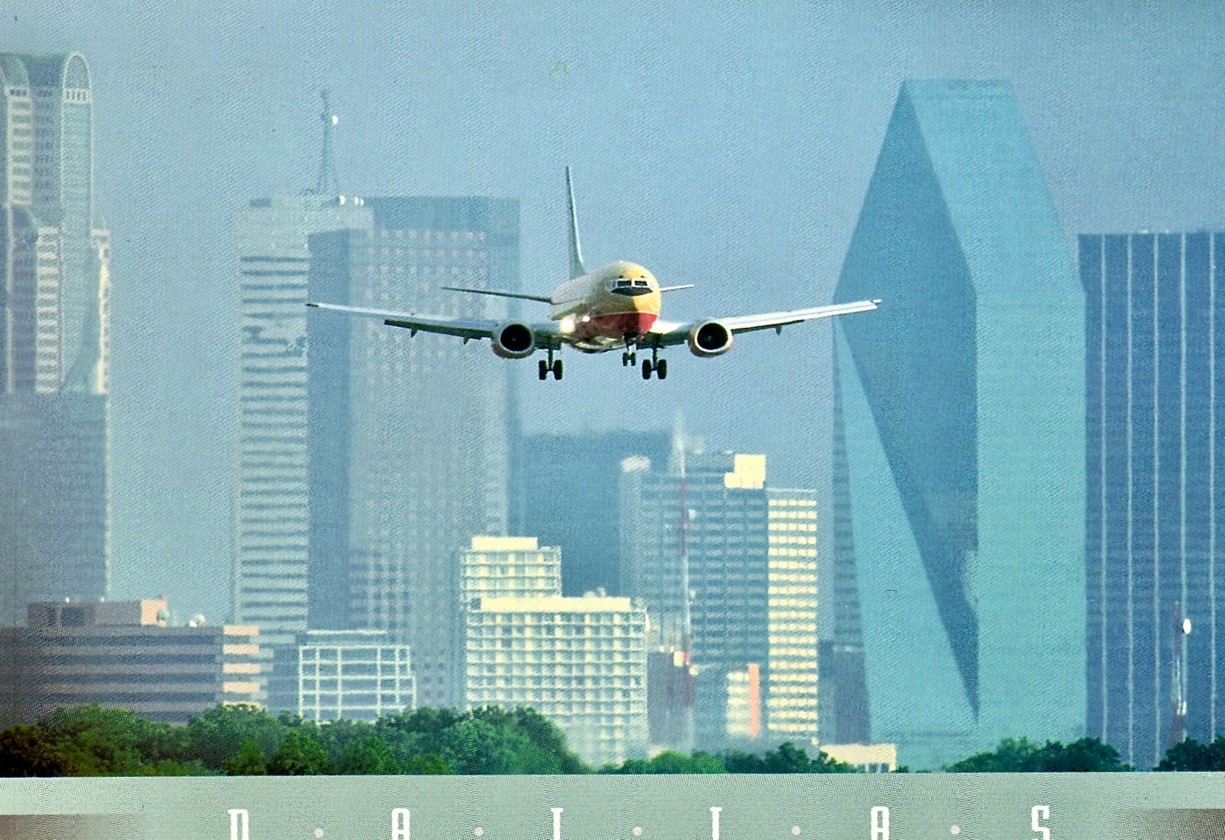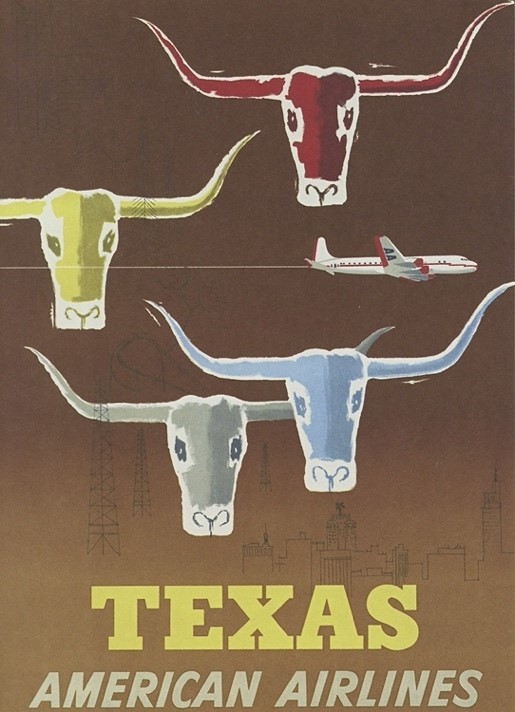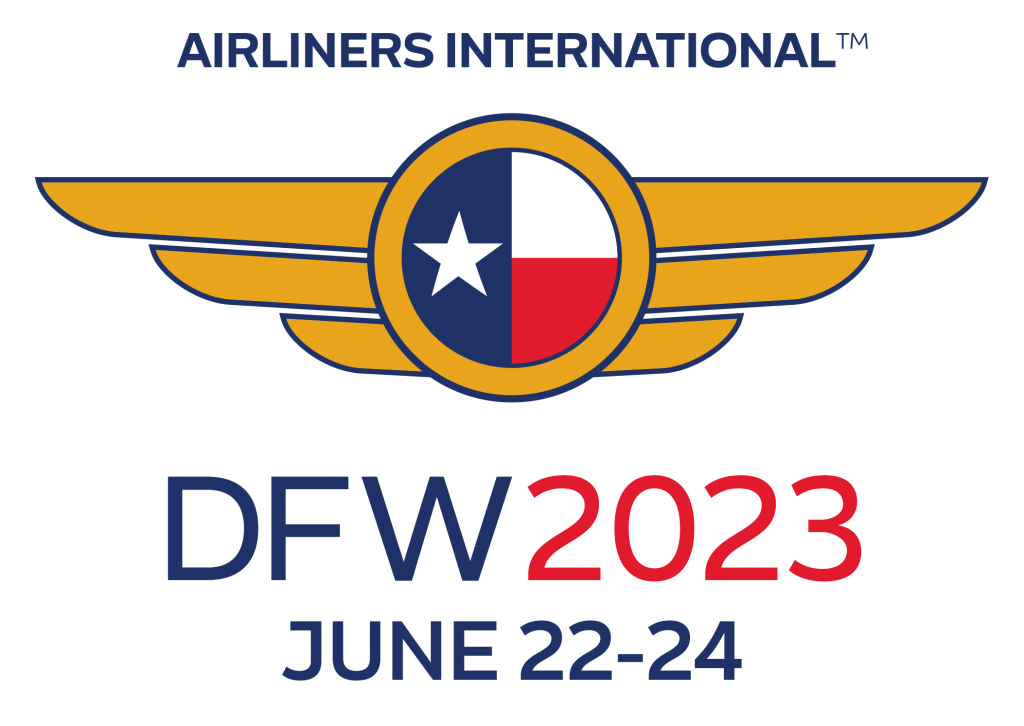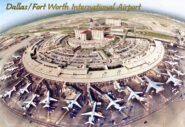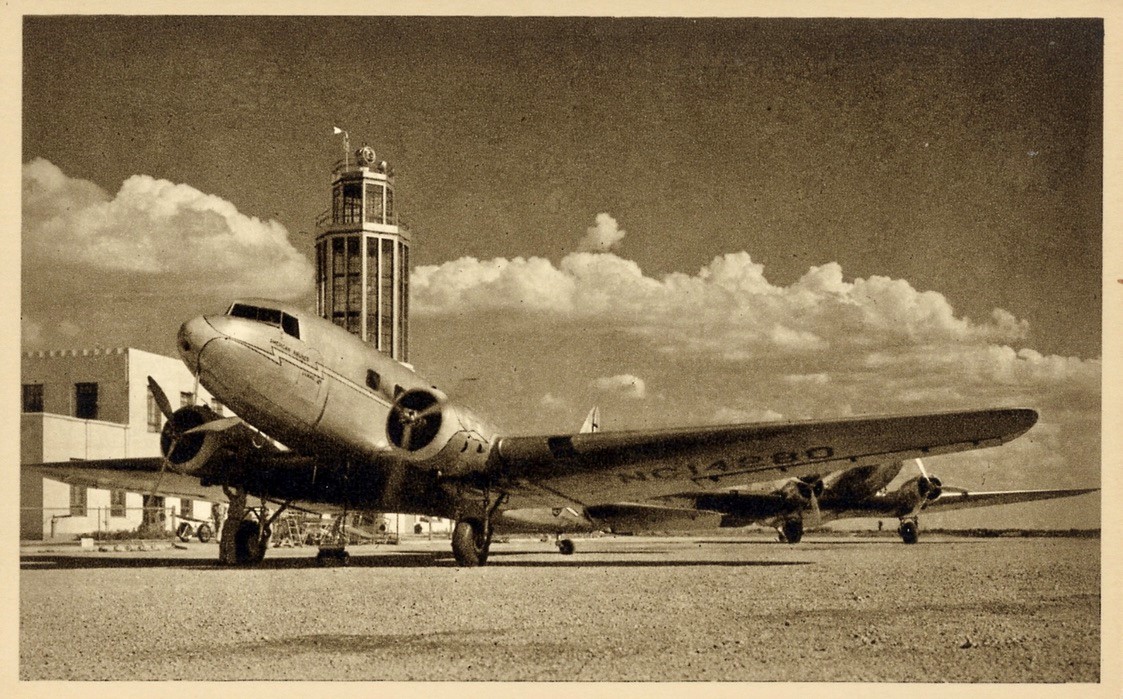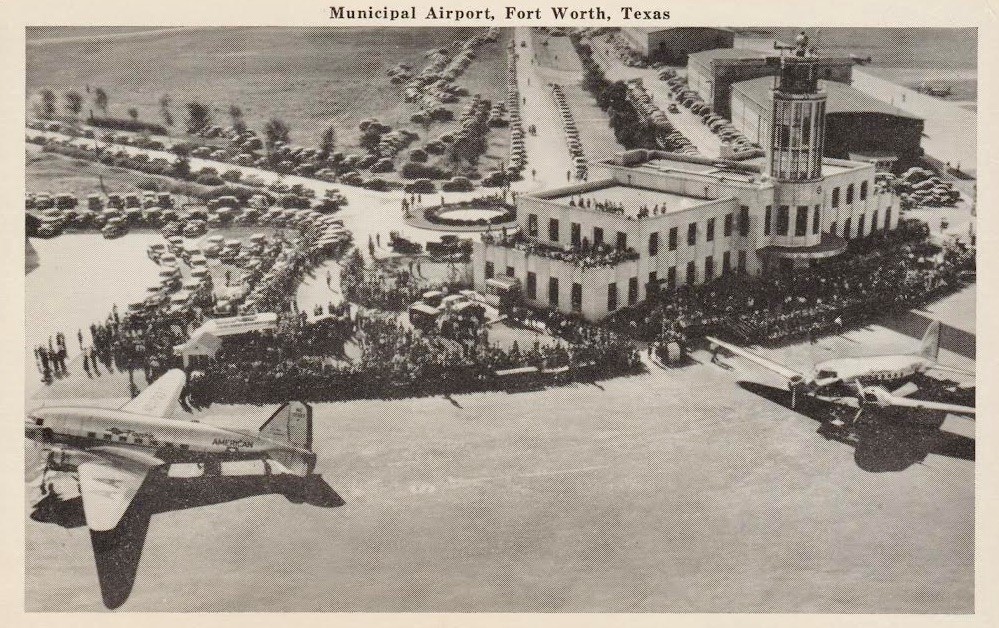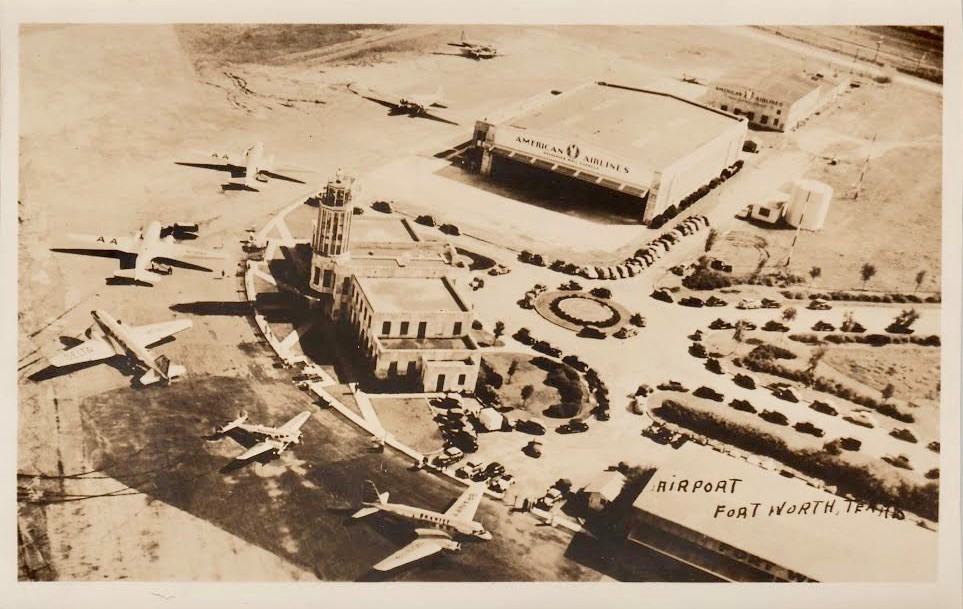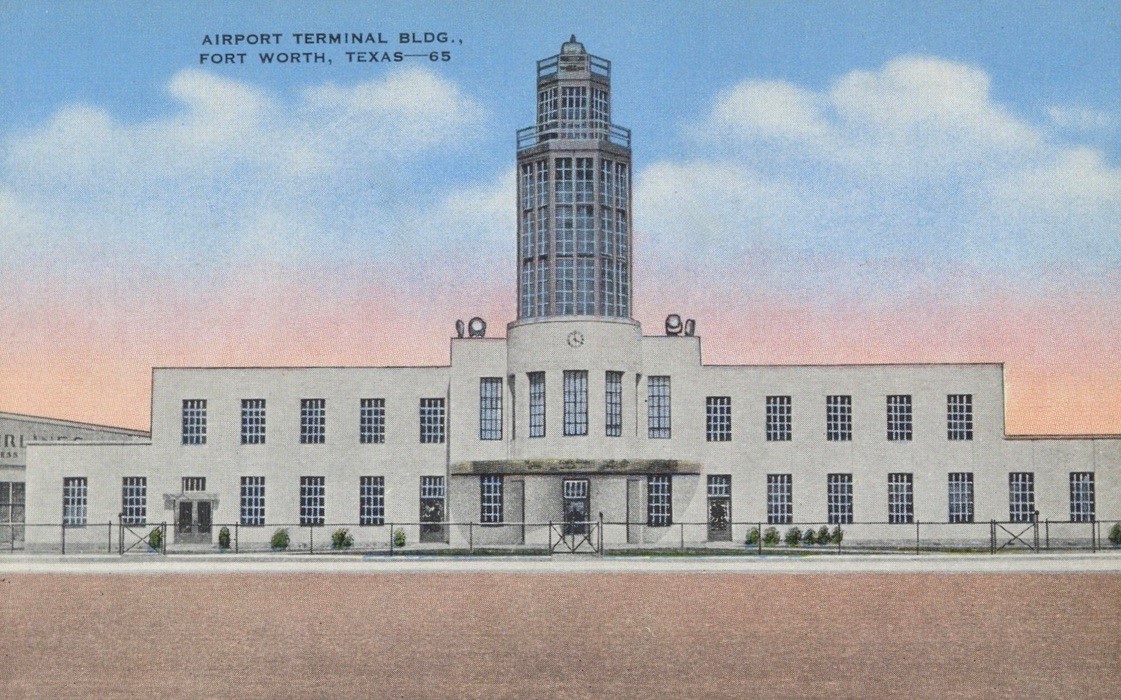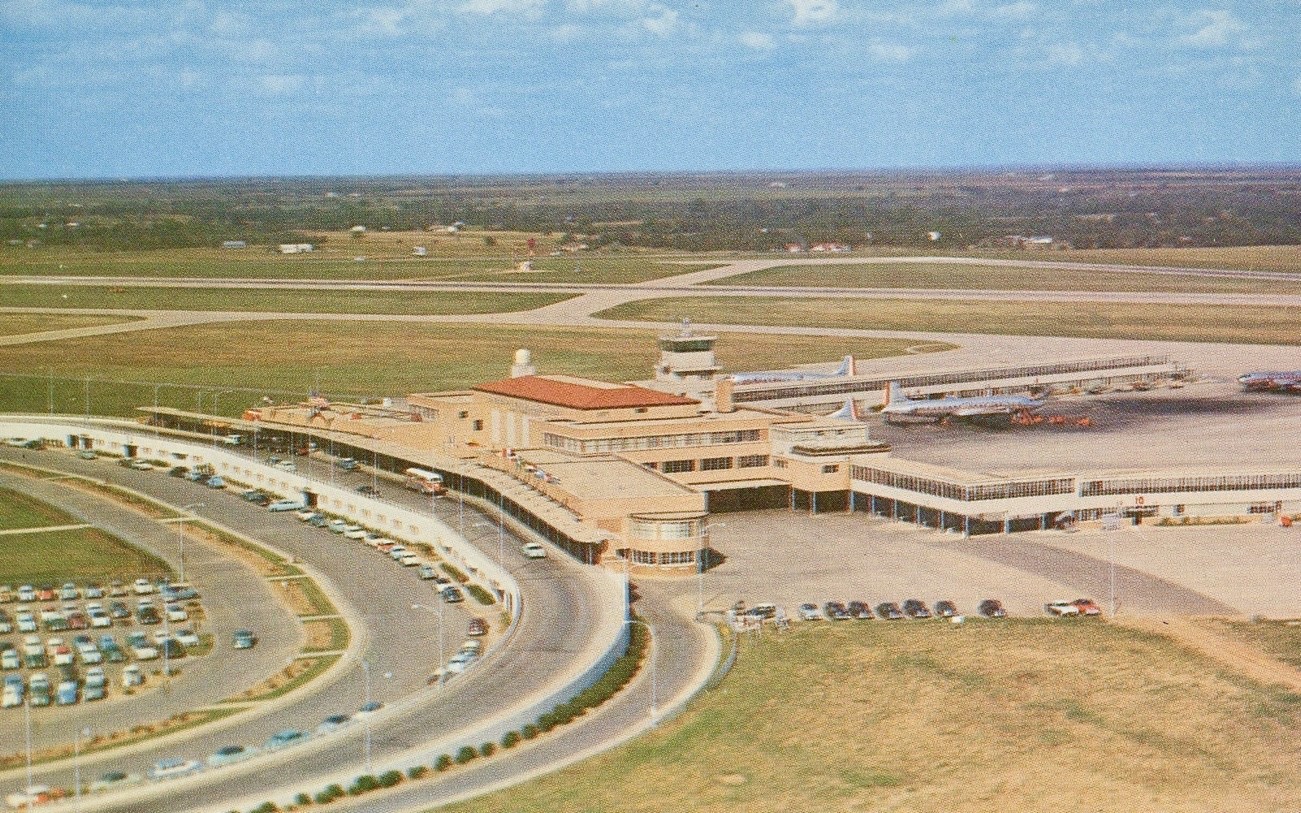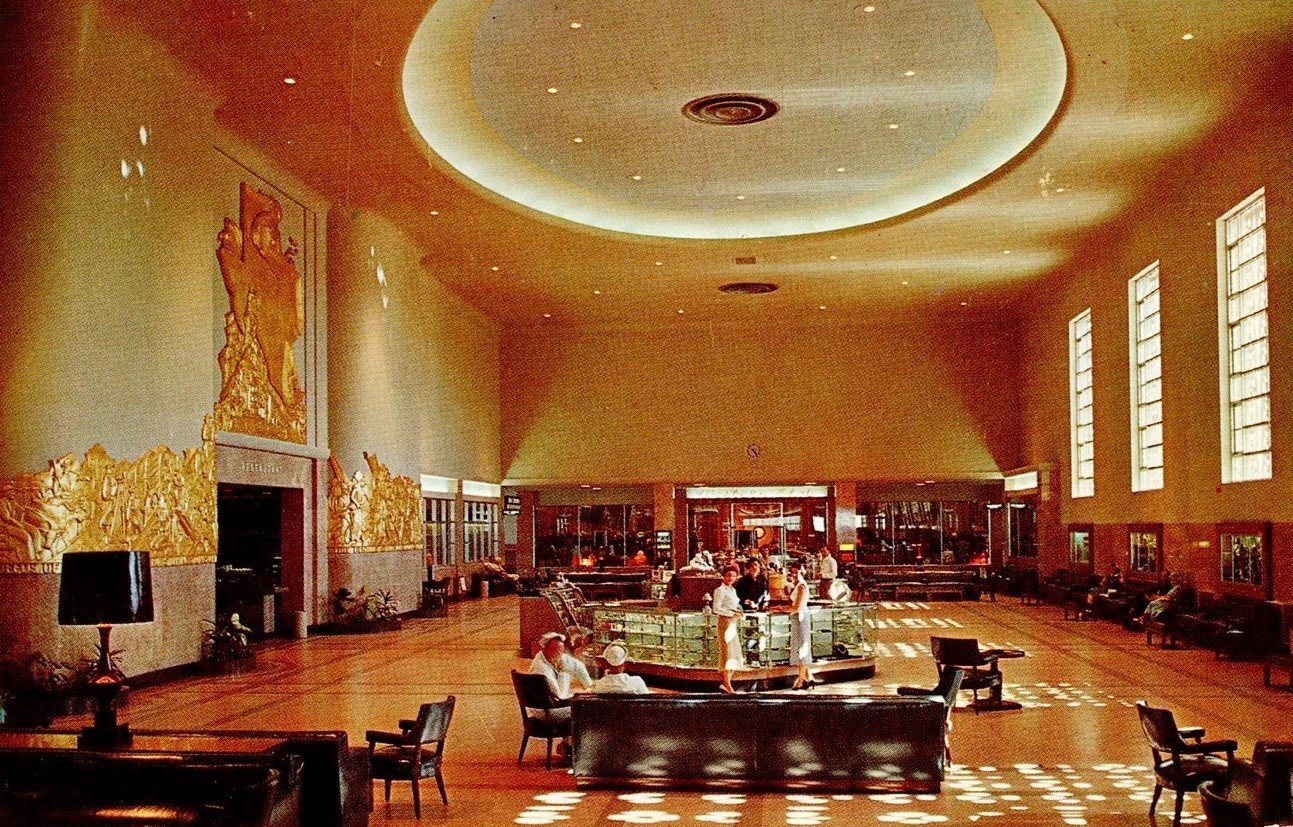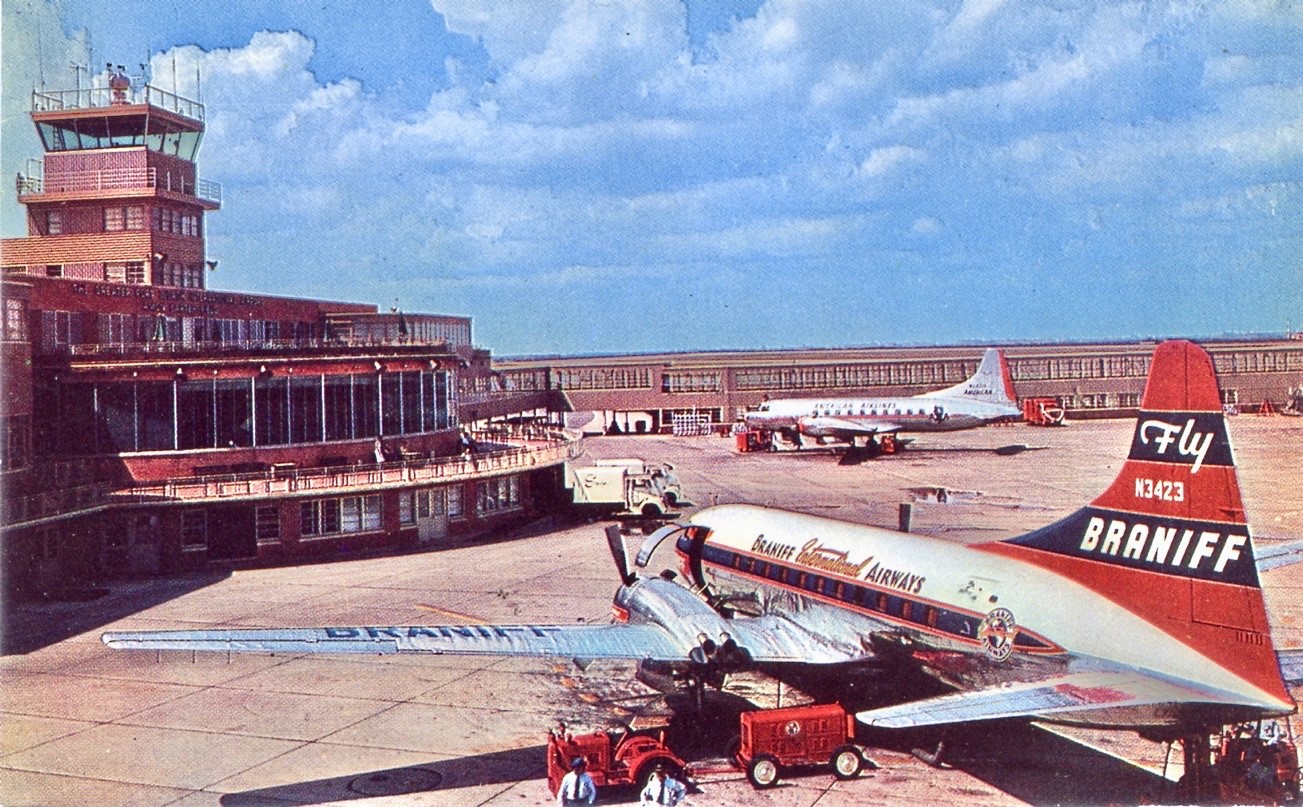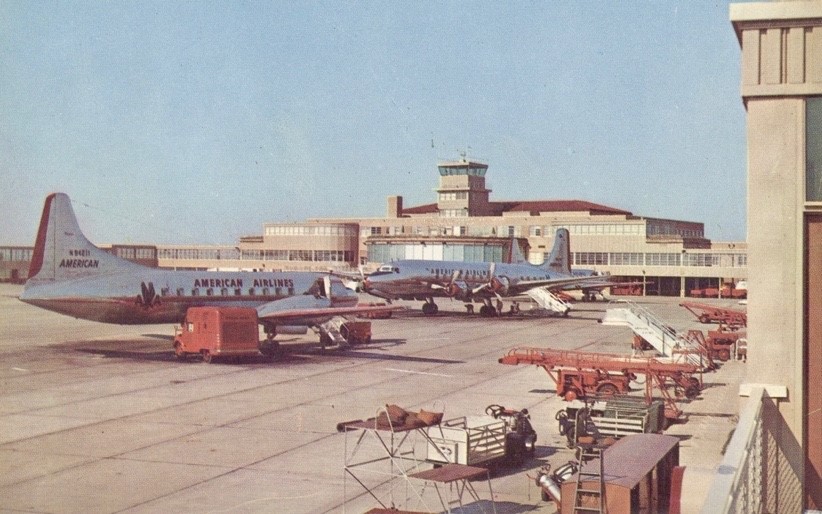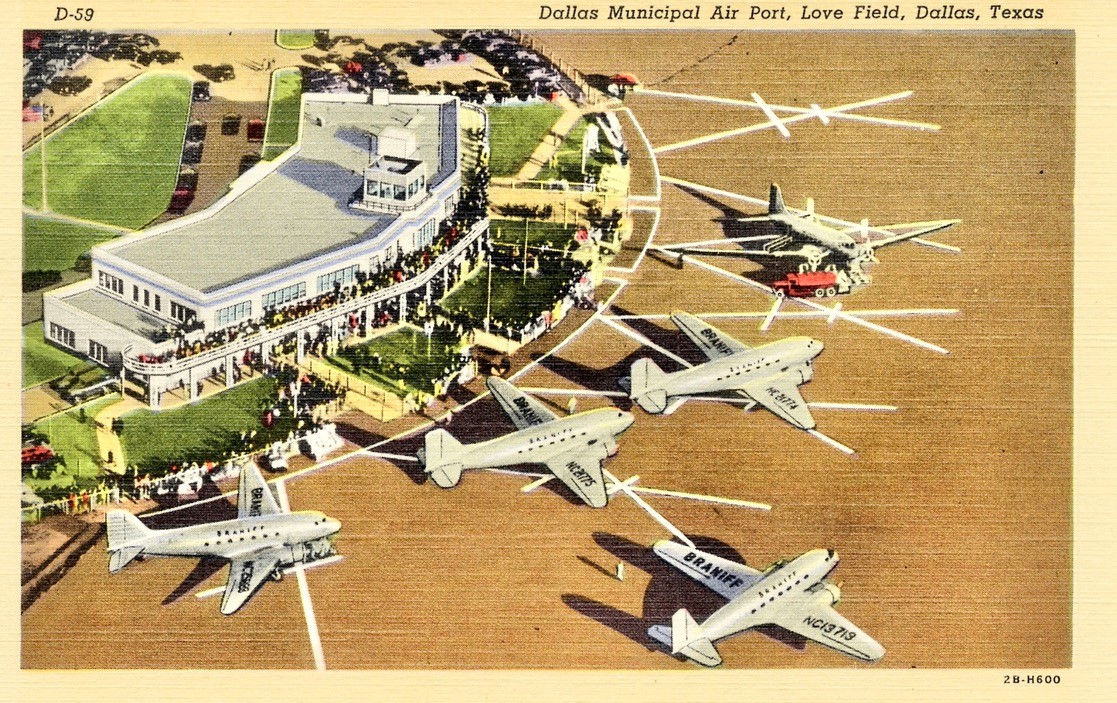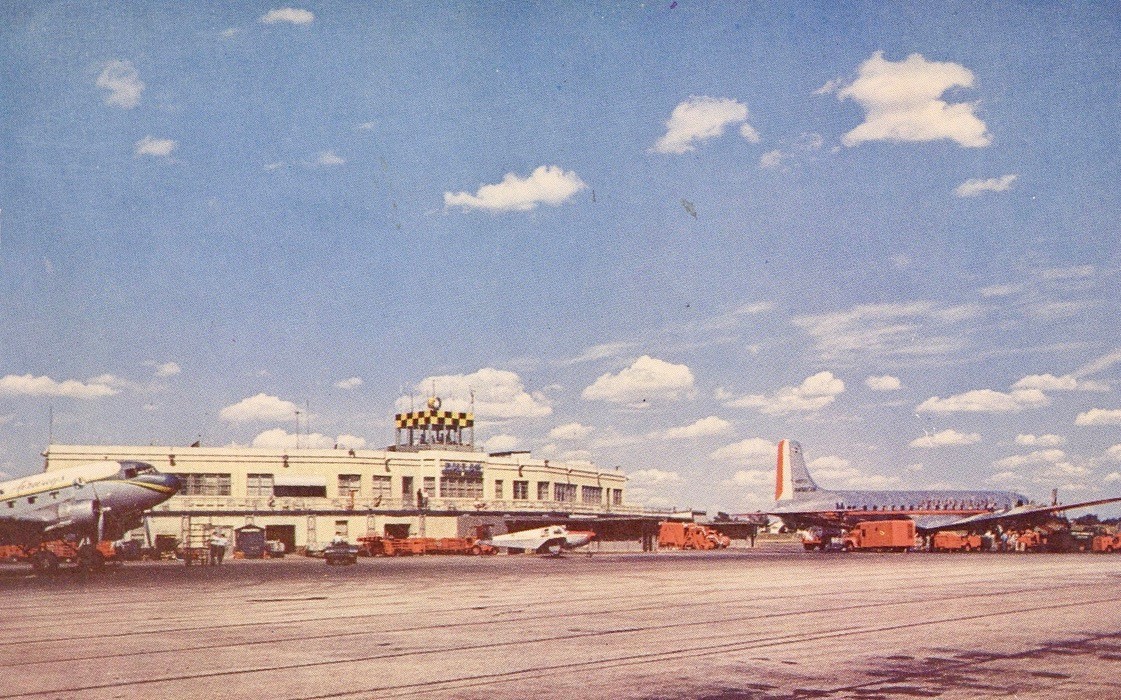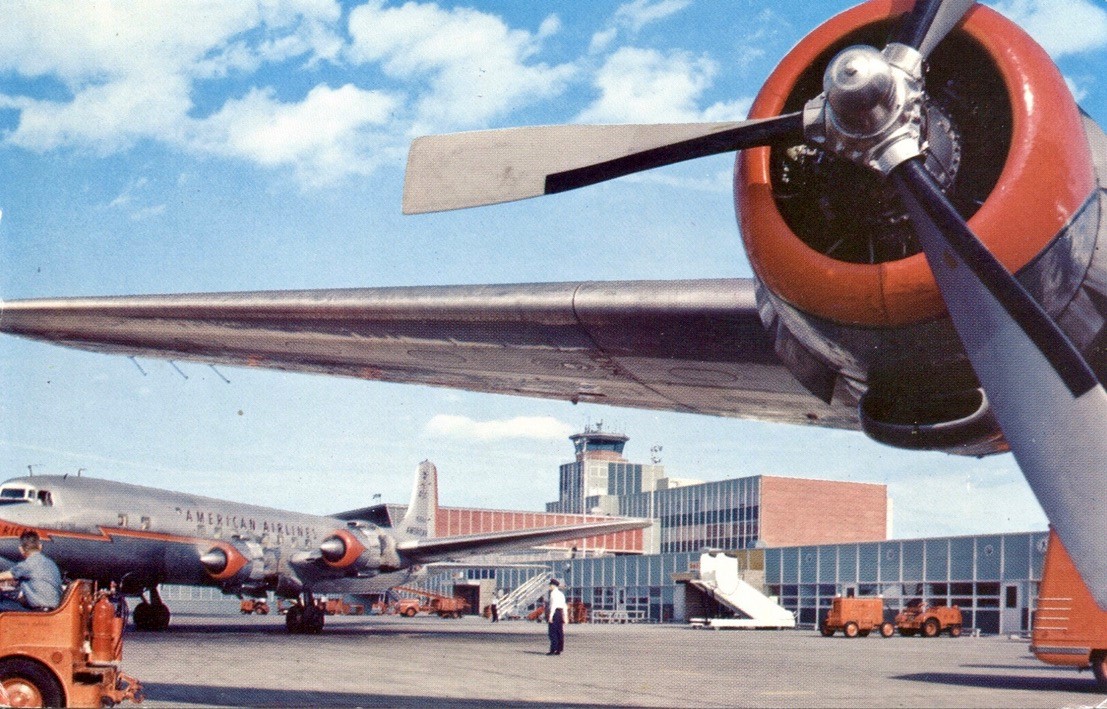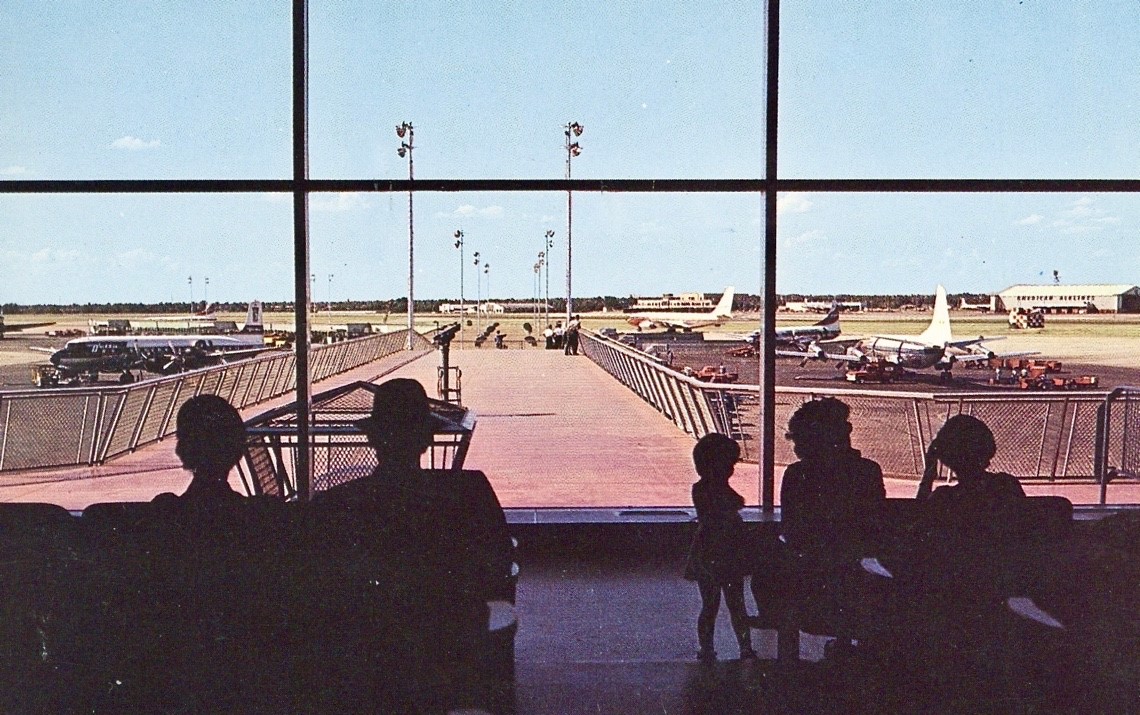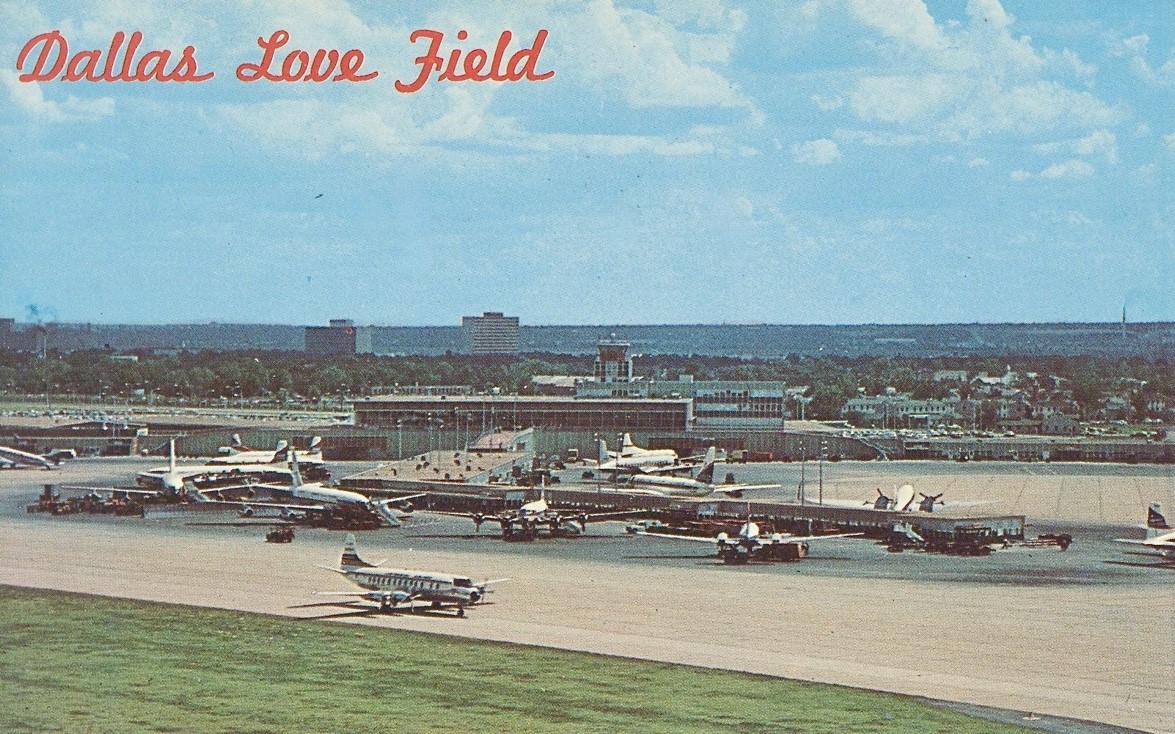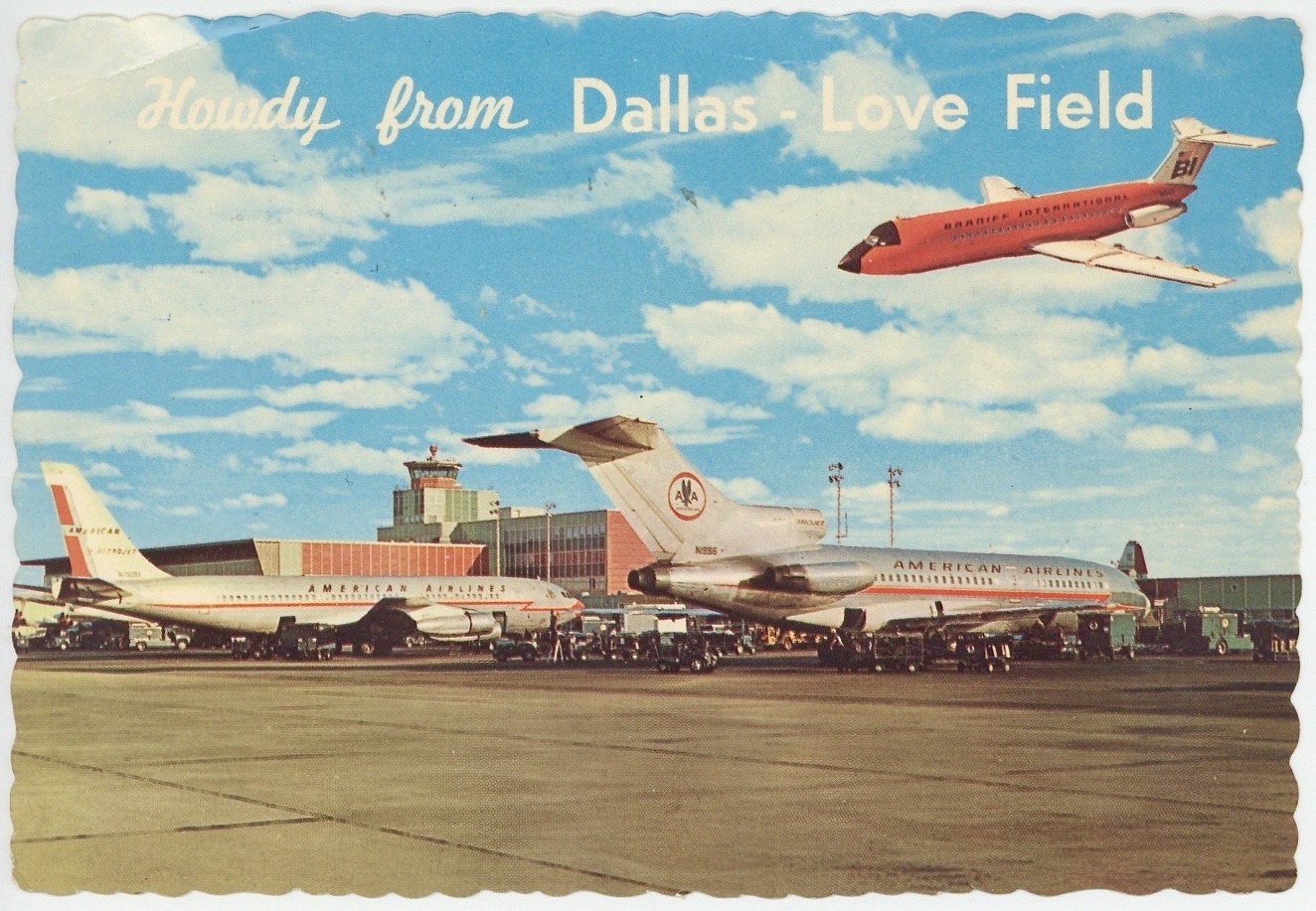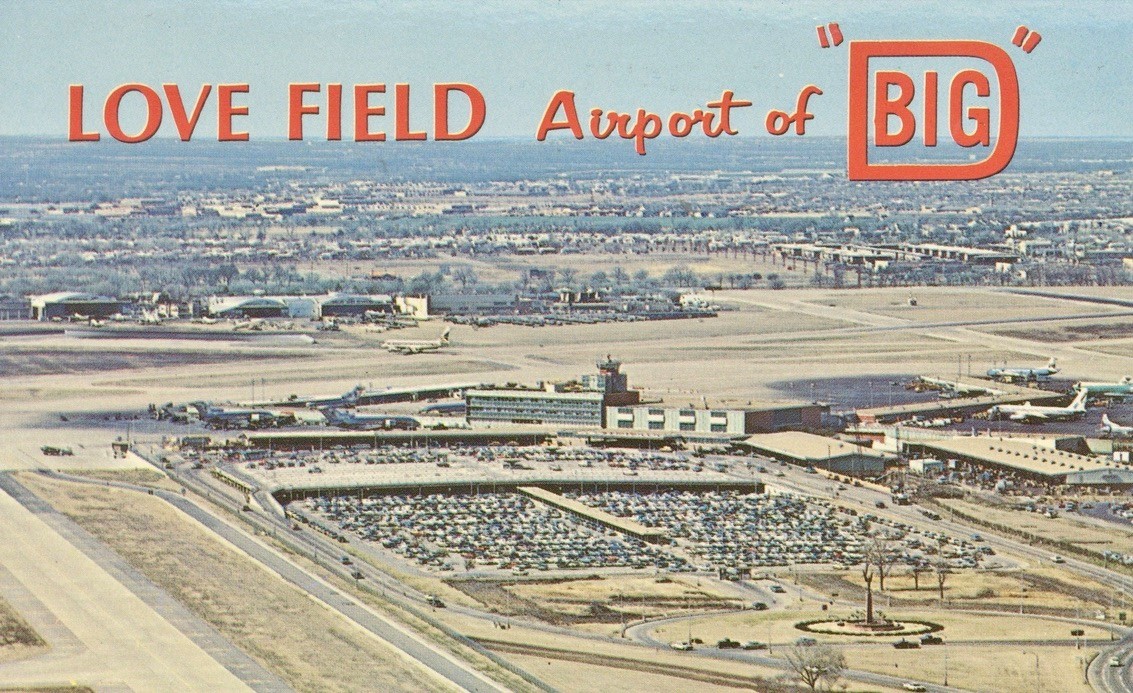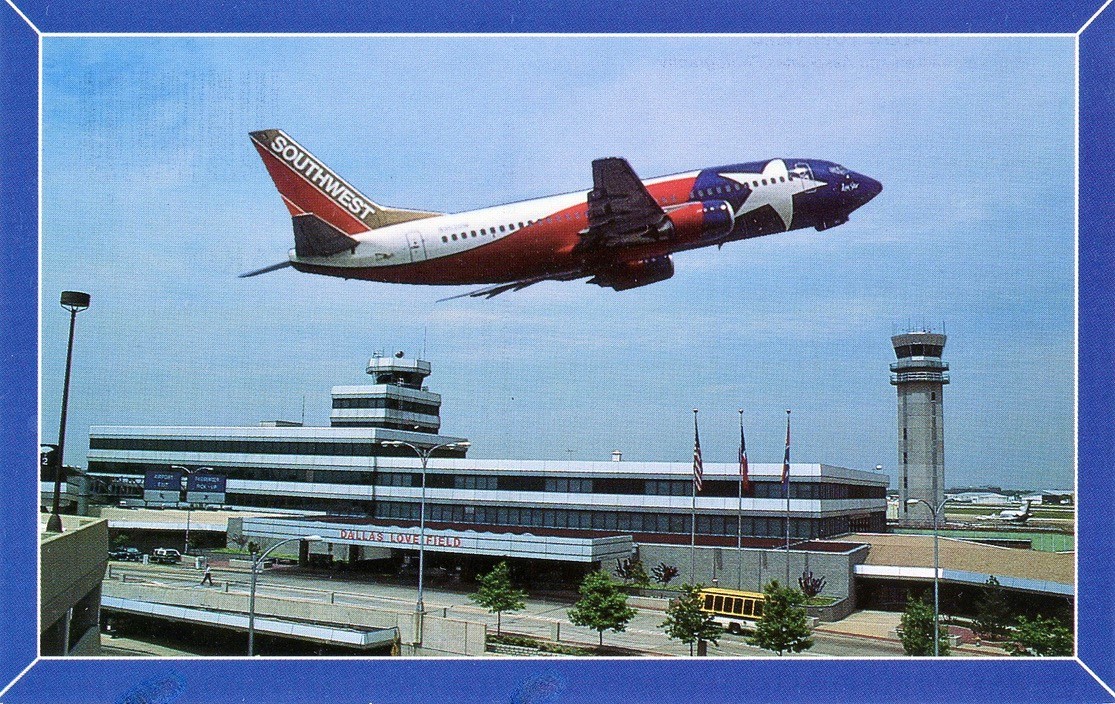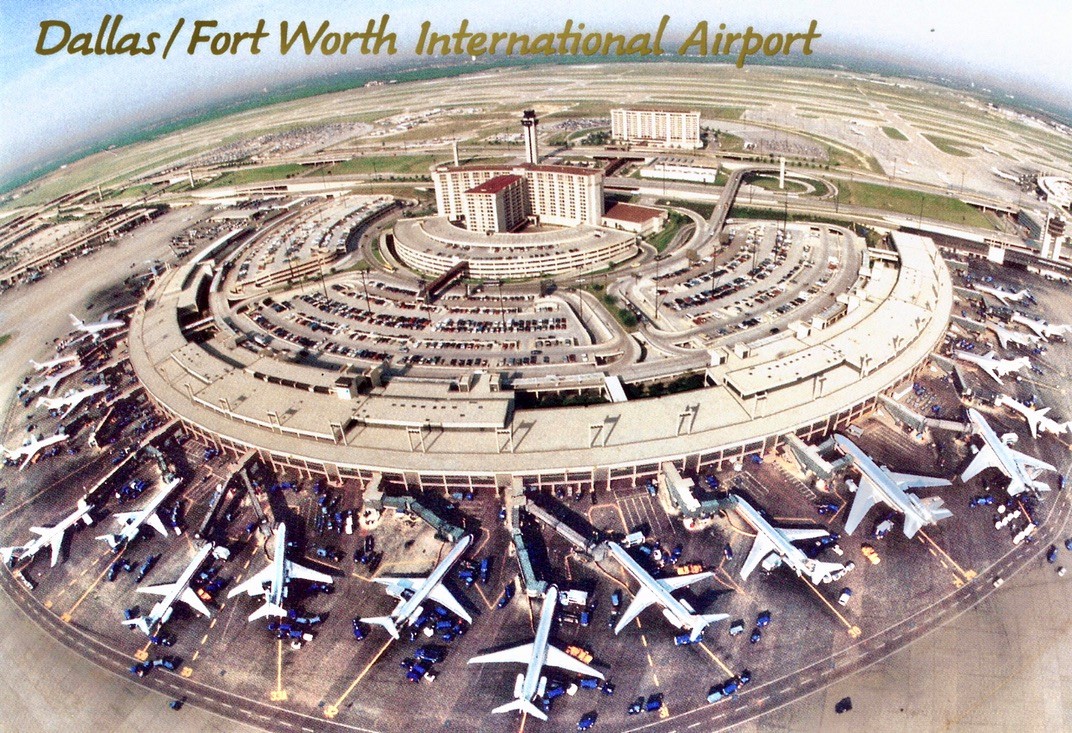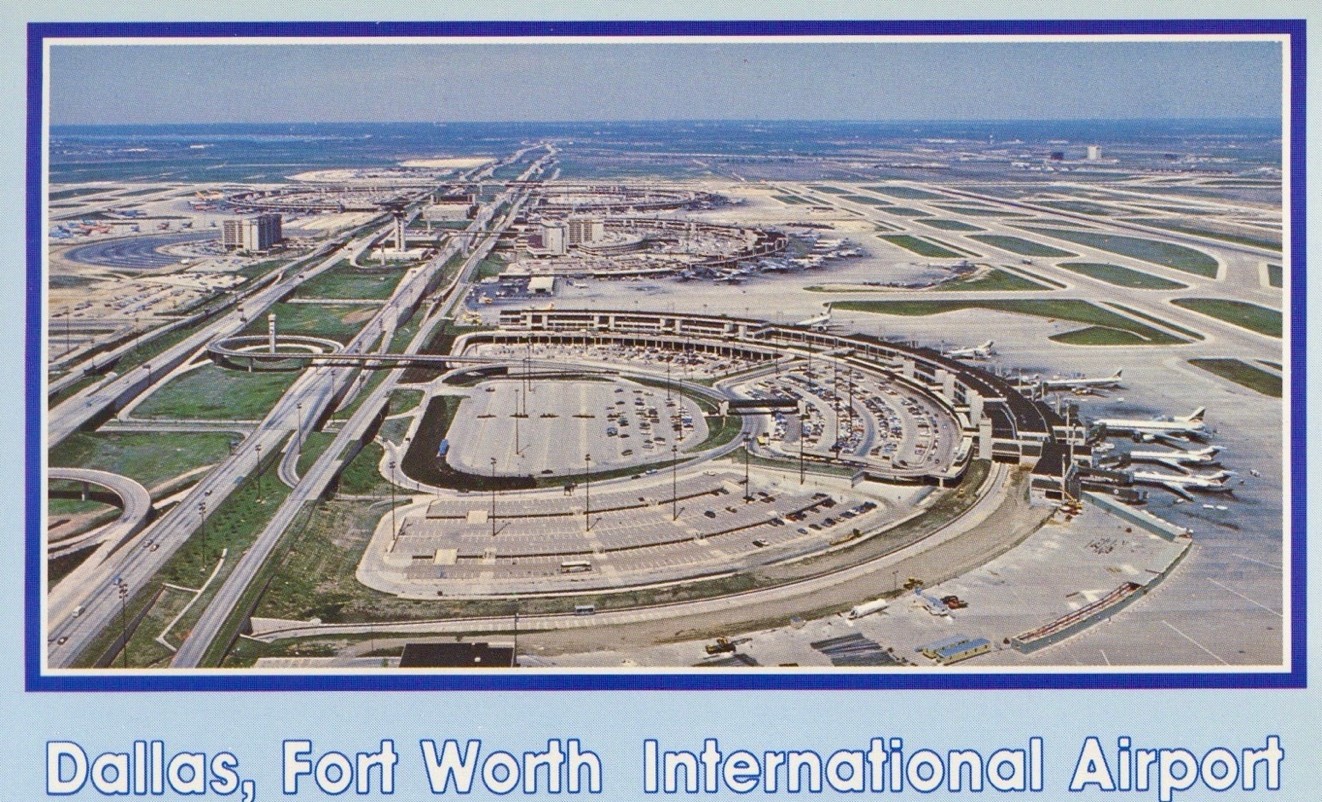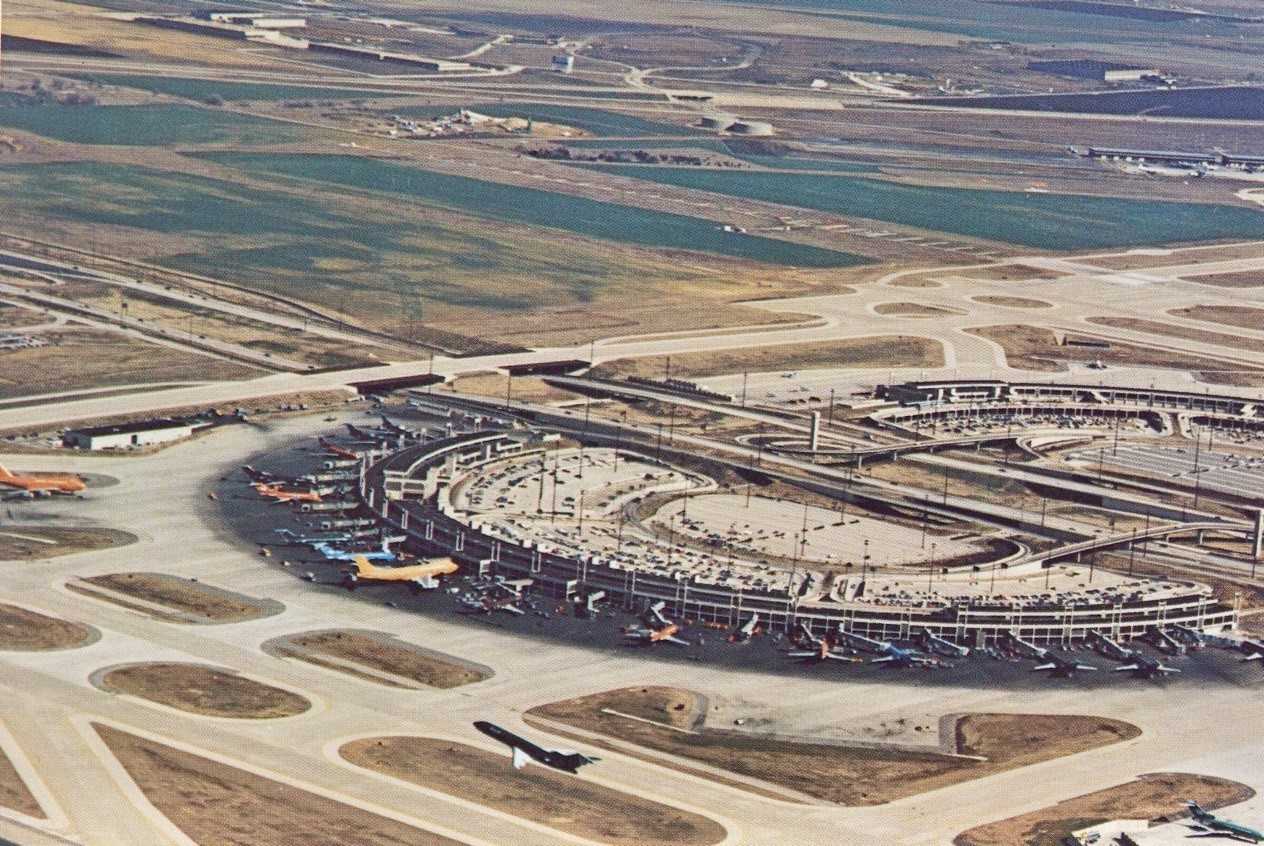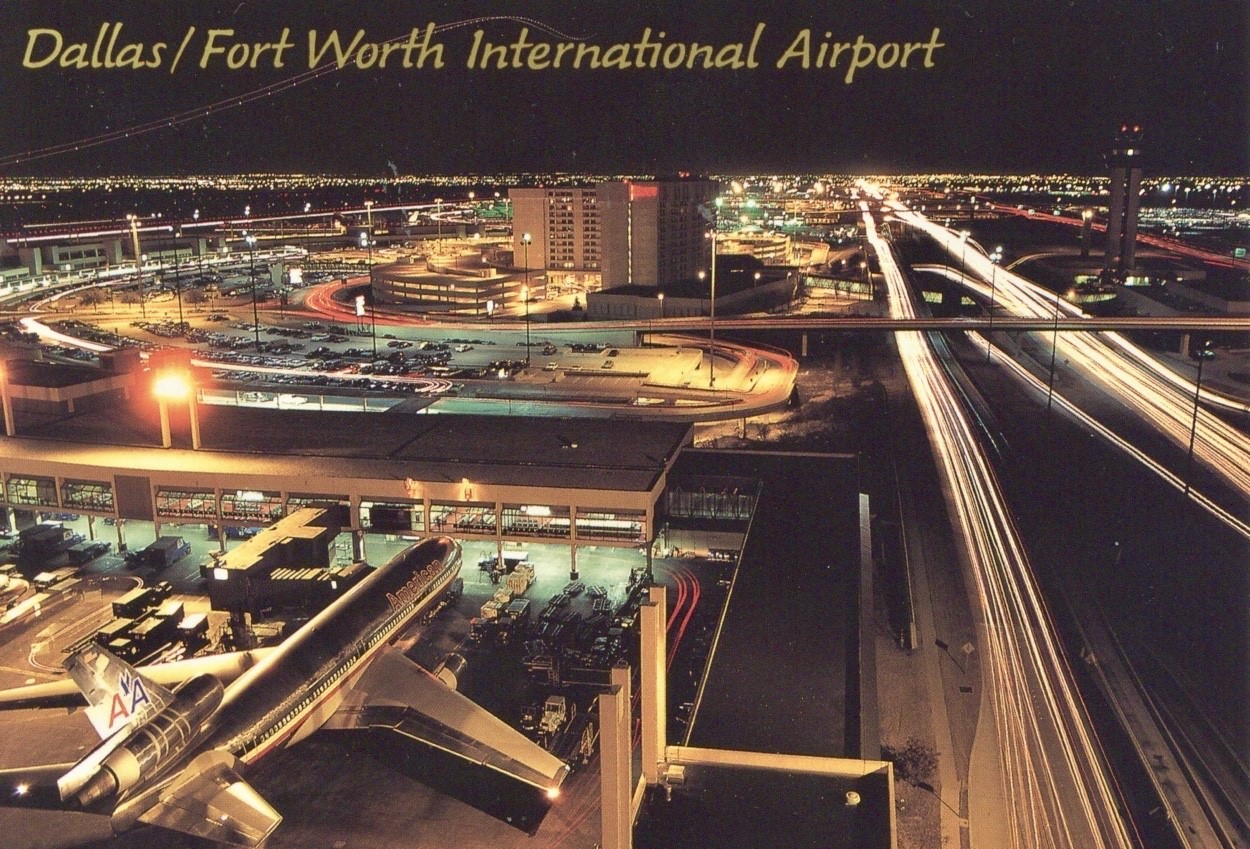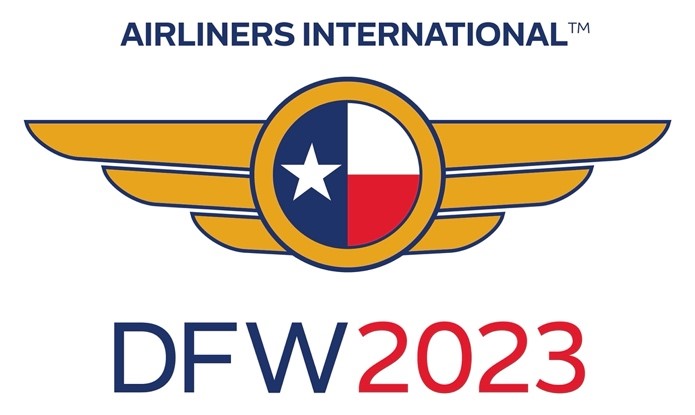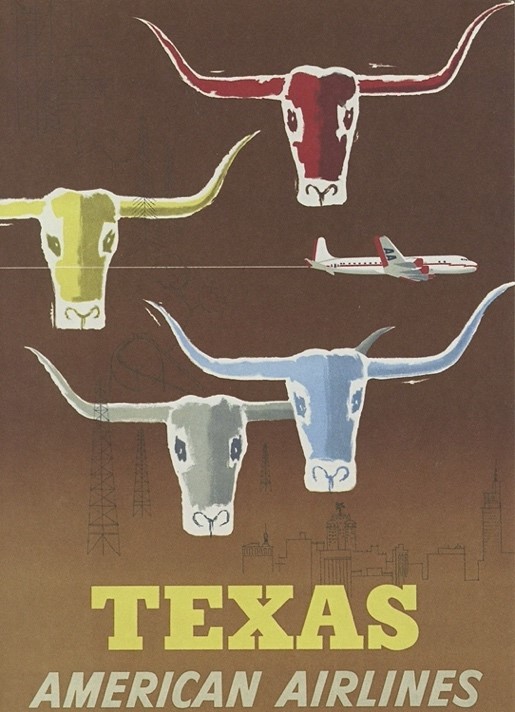American Airlines,Best Airlines,Braniff International Airlines,Continental Airlines,Delta Air Lines,featured,Frontier Airlines,Horizon Airlines,Midway Airlines,North Central Airlines,Northwest Airlines,Ozark Airlines,Pride Air,Southern Airways,Southwest Airlines,Sunair,timetables,USAir,World Airways
This article appeared in The Captain’s Log, Issue 40-4, Spring 2016
Written by David Keller
Editor’s Note: Some images/figures are spread throughout the article. Images referenced in the article that do not appear within the article body are included in a slideshow gallery at the bottom.
1975. The average American family didn’t have mobile phones, computers or internet service, and TV options consisted of the handful of local stations nearby. Except for a few visionaries, we wouldn’t have been able to imagine the digitally connected world of today.
Most commercial jetliners were manufactured in the US, with DC-9s, 737s and 727s (especially 727s!) just about everywhere. You could walk up to a ticket counter in nearly any airport or ticket office and come away with a printed timetable for your efforts. And the first issue of Captain’s Log was distributed by the World Airline Hobby Club (WAHC).
All fares and route authority in the US had to be approved by the Civil Aeronautics Board (CAB). Fares generally fell into a few basic categories (Coach, First Class, etc.) and (with some limited exceptions) did not differ between carriers. It also wasn’t possible to fly nonstop between certain cities, such as between Denver and Atlanta (which even then were two of the nation’s busiest airports).

Figure 1

Figure 2
The 11 trunk and 8 local airlines typically operated with load factors that hovered around 50%. And it was possible to book a multi-stop flight in many markets.
The cover of the illustrated Delta timetable dated October 26, 1975, shows the airline’s special bicentennial logo. [Fig. 1] Later issues (i.e., March 1, 1976) depicted the widget with stars and stripes overlaid on it, which was the design that was applied to the logo near the forward door on Delta’s fleet. [Fig. 2] The itinerary section finds the workhorse DC-9s operating a number of multi-stop flights with as many as 9 segments.

Figure 3
American Airlines’ October 26, 1975 timetable shows another feature that disappeared shortly thereafter; fares for each route. While some routes only display the traditional Coach, Night Coach, First Class, and Deluxe Night Coach fares, others show various Excursion fares, which were an early step that would lead to the proliferation of fares in existence today. [Fig. 3]

Figure 4
For those not in a hurry, Frontier Airlines’ June 1, 1976 timetable offered a leisurely five stop itinerary between Dallas and Memphis, which required just over 4 ½ hours. This timetable also shows Frontier’s pending route applications, including the coveted Denver/Atlanta service. [Fig. 4]

Figure 5
While the trunk carriers operated all-jet fleets, each of the local carriers had a fleet of propeller aircraft to serve smaller communities. While in most cases that meant turboprops, Southern Airways bucked the trend by keeping a fleet of piston-powered Martin 404s in service. The March 1, 1975 timetable shows service from Atlanta, with the Martins identified by 800-series flight numbers. [Fig. 5]
By the mid-1970’s, the local carriers were eager to dispose of their remaining propeller aircraft, and in order to do so, often collaborated with commuter airlines to take over routes that were not suitable for larger pure-jet equipment. (In other cases, commuter airlines jumped in on their own to fill perceived voids in service.)

Figure 6
The result was a large number of commuter airlines being formed in the late 1970’s and early 1980’s. Many failed in short order, the most drastic example being Sunair in Florida which reportedly only operated a single flight. The timetable dated January 15, 1981, shows that service was planned for 15 Florida cities. [Fig. 6]

Figure 7
Other commuter airlines achieved much greater success. Horizon Airlines began service from Seattle to Yakima on September 1, 1981. The airline was able to capitalize on opportunities that arose when competitors abandoned markets (or went out of business), and was later able to establish a relationship with Alaska Airlines which is still in effect to this day. [Fig. 7]
In late 1978, the US airline industry was turned on its head with the passage of the Airline Deregulation Act. This allowed airlines far more freedom to set their own fares and enter new markets. Initially, carriers were allowed to apply for “dormant” route authority, (i.e., authority being held by other airlines but not being operated). In addition they were allowed free entry into a single market of their choosing.

Figure 8

Figure 9
Recipients of new route authority had a relatively short time frame in which to start service, or risk losing that authority. This meant that many new routes were opened in late 1978 and early 1979, and were often promoted on the timetables.
Ozark and North Central both issued timetables dated December 15, 1978, which trumpeted new service to highly sought after markets, most notably, Florida. On this date, Ozark began serving 4 Florida cities, while North Central added 5. [Fig. 8] [Fig. 9]
Some airlines were cautious, only adding a small number of routes and new destinations. Continental’s timetable dated January 15, 1979 shows Washington D.C. as the only destination added by the carrier. [Fig. 10] National Airlines added San Juan and Seattle, with both being promoted in the March 2, 1979 timetable. [Fig. 11]

Figure 12
On the other hand, there was Braniff International Airways which threw caution to the wind. They camped out at the CAB to be first in line when applications were being accepted for dormant routes. Their December 15, 1978 timetable shows 30 new routes being operated, and 15 cities added to the network. It was a go-for-broke strategy, and succeeded in bankrupting the airline less than 3 ½ years later. [Fig. 12]

Figure 13
Another facet of Deregulation was the certification of new carriers for scheduled service. The first to take advantage of this were the supplemental airlines, which already had fleets and staff available. World, Capitol and Trans International were all operating scheduled services by the summer of 1979.
World Airways wasted no time transitioning to scheduled service. The timetable dated April 12, 1979 shows daily flights shows 2 roundtrips being operated between Newark and Los Angeles, with continuing service to Baltimore and Oakland. [Fig. 13]

Figure 14
The first brand-new startup was Midway Airlines. The timetable dated October 31, 1979 shows new service from Chicago’s then under-utilized Midway Airport to Cleveland, Detroit and Kansas City. Prior to that point, service to Midway Airport consisted of a handful of lightly-loaded flights. Within a few years, Midway Airlines had built the airport into a busy hub, attracting millions of passengers and numerous airlines. [Fig. 14]
The floodgates were opened, and many new airlines were proposed in the next few years. Some never made it off paper, and others never got into the air. And of those that did, most only lasted a few years, some, only months.
So many new airlines were being created, that the traditional 2 letter airline codes were being used up. At first, duplicate codes were assigned to scheduled airlines which had previously been assigned to airlines not offering scheduled services. Then, in 1981, airline codes began to appear which had numeric digits to increase the number of possible codes and alleviate the problem.

Figure 15
Best Airlines began service in 1982, and the timetable dated September 13, 1982 shows 2 aircraft operating to 10 destinations. Best may have been the most mobile airline ever, as it seemed that they dropped destinations and added new ones with almost every new timetable. Operations ceased in late 1985. [Fig. 15]

Figure 16
New Orleans-based Pride Air enjoyed a much shorter run. The inaugural timetable dated August 1, 1985 features service to 15 destinations, as the carrier attempted to establish a hub on the Gulf Coast. Only one additional timetable was issued (on October 1) before operations were halted in mid-November. [Fig. 16]
By the mid-1980’s, the tide turned, and the number of airlines operating in the US began dropping. One reason was that most of the new entrants failed rather quickly, as previously mentioned. Another was that the mainline carriers were establishing code-sharing arrangements with the commuter airlines, to provide a common brand, such as American Eagle or Northwest Airlink. The advantage to the qualifying airlines cannot be overstated, and those without such agreements found it difficult to complete. Some merged, and most eventually ceased operations, either voluntarily or otherwise.
In the second half of the 1980’s a number of major carriers were absorbed through mergers, Air Cal, Ozark, Piedmont, PSA, Republic and Western among them. From a timetable standpoint, some of those carriers disappeared without any mention by the surviving airline.

Figure 17
USAir’s timetable dated April 9, 1988 promotes its acquisition of PSA. Perhaps not the best combination from both equipment and route structure viewpoints, most of PSA’s routes would be dropped within a few years as Southwest expanded its presence on the West Coast, and USAir dealt with the acquisition of Piedmont. [Fig. 17]

Figure 18
A somewhat scarce timetable (given its recent vintage) is Northwest Airlines’ issue dated October 1, 1986. [Fig. 18] This is the only “full” system timetable (showing both direct and connecting flights) that was issued after the merger with Republic Airlines. (There were a few international timetables which did show connections but not all services were included.) Northwest changed to a “Frequent Flyer” format, which contained only direct flights, a format which was eventually adopted by nearly all major airlines in the US.
The early 1990’s saw the United States and numerous other coalition members go to war with Iraq. Most airlines struggled with the resulting travel downturn, some went to bankruptcy court, and others failed outright. Midway Airlines became one those casualties in 1991, halting operations after almost 12 years, and having outlasted dozens of airlines that started service in that period.
By the middle of the decade, business conditions were improving, and the allure of the industry was too tempting for some, resulting in a new round of airline creation. Some created “hub” operations in unlikely places such as Colorado Springs, Reno, and Savannah. Others offered service from under-utilized airports serving large cities, to avoid the congestion and higher costs involved with operating to the more popular stations.

Figure 19
Western Pacific inaugurated service in 1995, with the intention of using Colorado Springs as an alternative to the recently opened Denver International Airport, which was 19 miles further from downtown Denver than Stapleton. Particularly for customers in Denver’s southern suburbs, the trip to Colorado Springs was judged to be not much greater than that to the new airport.
The carrier’s timetable dated October 29, 1995 shows several of the airline’s Logojets, which were essentially flying billboards that the company used as an additional source of revenue. The Colorado Springs hub did not work out, and by 1997, the carrier was exploring a merger with Frontier Airlines and moving its operations to Denver. The merger plans did not materialize, and Western Pacific shut down shortly thereafter. [Fig. 19]

Figure 20
While most of the 1990’s era new entrants suffered the same fate as those from a decade earlier, one survived in an unusual way. AirTran Airways was a 737 operator based in Orlando. The carrier’s August 15, 1994 timetable shows service from Orlando to a half-dozen destinations. [Fig. 20]
Odds are AirTran’s story would have ended in bankruptcy like most of the other startups of the period. However, the tragic crash of a Valujet DC-9 in May 1996 while that airline was already being investigated for lax safety procedures, led to the carrier’s grounding several months later. Desperately needing a way to bury the Valujet name while avoiding the obvious implications of a straight forward name change, the airline purchased AirTran the following year. Despite Valujet being the surviving organization, the AirTran name was retained, and persevered until the completion of the merger with Southwest Airlines in 2014.
The events that unfolded following the terrorist attacks of September 11, 2001 shook the airline industry to its core. A number of the 90’s startups failed shortly thereafter, and even most of the major carriers were forced into bankruptcy as cash reserves were depleted.

Figure 21
One of several startups in the 1990’s to recycle the names of airlines from the past was Las Vegas-based National Airlines. A struggling 757 operator that never seemed to find its market, National was already in financial difficulty before 9/11, and ceased operations the following year. [Fig. 21]
Another impact of September 11th, was to hasten the phase out of printed timetables. That day was already coming, given the rapid expansion of internet access worldwide. But the financial hardships being faced by the airlines in the post-9/11 world made printed timetables expendable, and most airlines discontinued their printing shortly thereafter.

Figure 22
American Airlines was one of the carriers whose aircraft were used in the attacks, and the few timetables produced afterwards mirrored the mood of the nation, displaying very somber cover designs as depicted by the January 31, 2002 issue. Their final printed timetable was issued less than a year after 9/11. [Fig. 22]
The last major US airline to issue a printed timetable was Southwest Airlines in 2009. The May 11, 2008 timetable is one of the many “faces” issues that had been the standard since the early 1990’s. [Fig. 23]

Figure 23
The years since have been notable for both the “unbundling” of fares and mega-mergers in the industry. The first involves removing items that were previously included in the purchase of a ticket (e.g., snacks, checked luggage, carry ons, advance seat selection), and charging separately for them. This allowed airlines to advertise lower fares, while turning those add-ons into a substantial revenue source.
These ancillary fees now amount to billions of dollars in revenue industry-wide, and the Ultra Low Cost Carriers such as Allegiant and Spirit make a substantial percentage of their total revenue in this manner. Air and seat belts are still included in the basic ticket price … for now.
The mergers of the past decade have brought the industry very close to the result envisioned by some industry analysts when Deregulation was being considered nearly 40 years ago. Several predicted that the ensuing competitive battles would leave American, Delta and United as the survivors to divvy up most of the US market. (It would have been difficult to predict that a small airline which hadn’t yet left the state of Texas would be able to enter the ranks of those well-entrenched carriers.)
While the airline industry in other parts of the world didn’t necessarily follow the same timelines as it did in the US, most areas experienced similar changes. Air service has largely been deregulated and/or liberalized, and the established legacy carriers are struggling to compete with new startup carriers. Additionally, although 9/11 was an attack on the United States, airlines worldwide felt its impact.
2016. The vast majority of folks in the developed world have access to digital content via computers, tablets, phones, or even watches, and have hundreds of TV channels to choose from. Most of us would have difficulty disconnecting from our electronic connections to the world, and find the memory of life without them fading quickly. (Although I do find it a bit annoying that after all the years of finding schedules for my home town, St. Louis, alphabetized as “Saint Louis” in printed timetables, they are now sorted in online schedules by the abbreviated spelling, and appear after San Francisco, Seattle, South Bend, etc.)
European aircraft manufacturer Airbus has wrestled approximately 50% of the commercial jetliner market from the US. Printed timetables would be eligible for the endangered species list (if such items qualified for inclusion), and are inevitably headed for extinction.
Yield management is so specialized it seems each individual seat has its own fare. And that fare can change from one day to the next.
The four remaining major carriers account for the vast majority of passenger miles flown, and do so with planes frequently 90% full with higher seat densities than ever before.
And this year will mark a transition for The Captain’s Log publication of the World Airlines Historical Society, which move from print to digital distribution. I’m not sure exactly where this journey leads (other than knowing that the images I include in my upcoming articles will be seen in full color rather than black and white), but I’m on board and looking forward to the trip!
